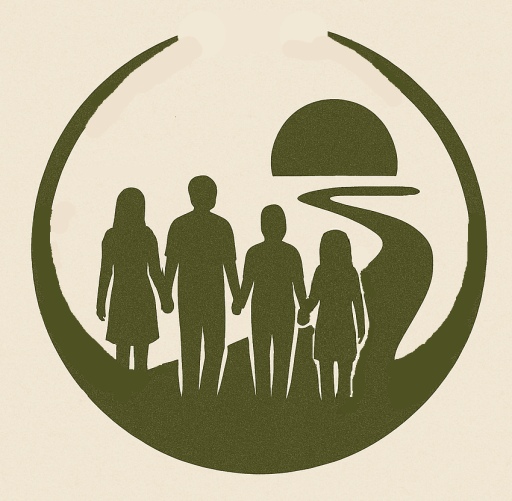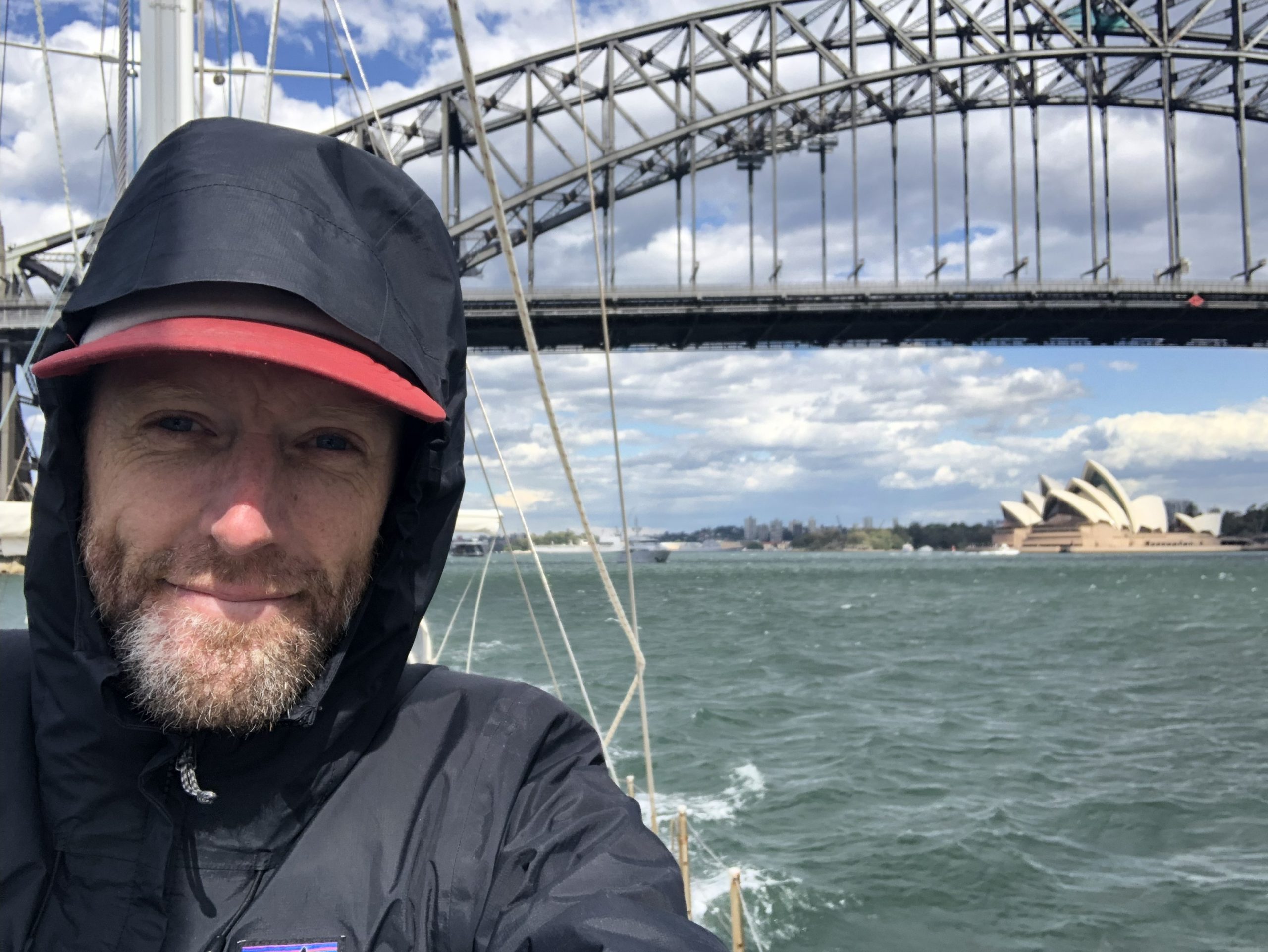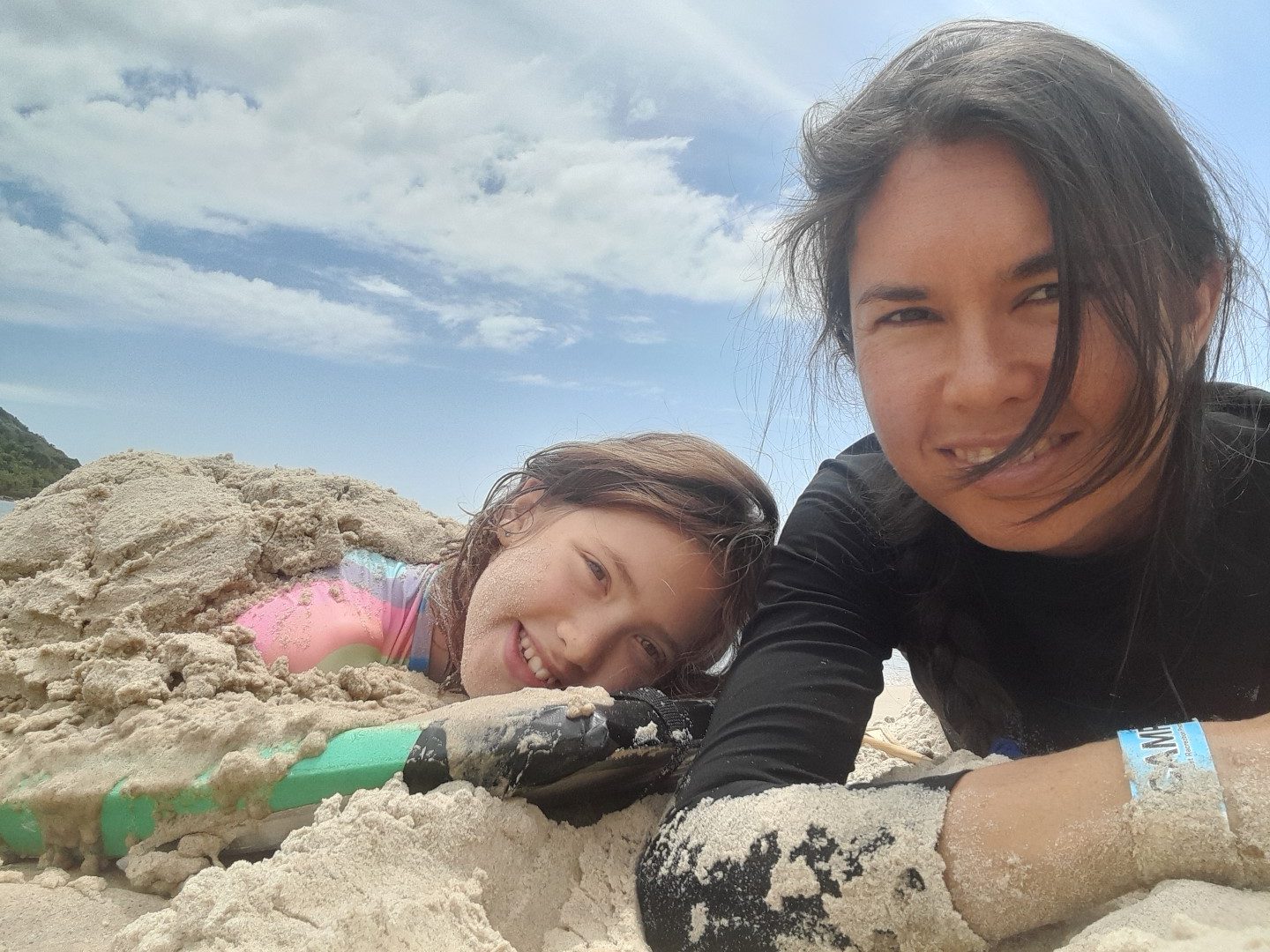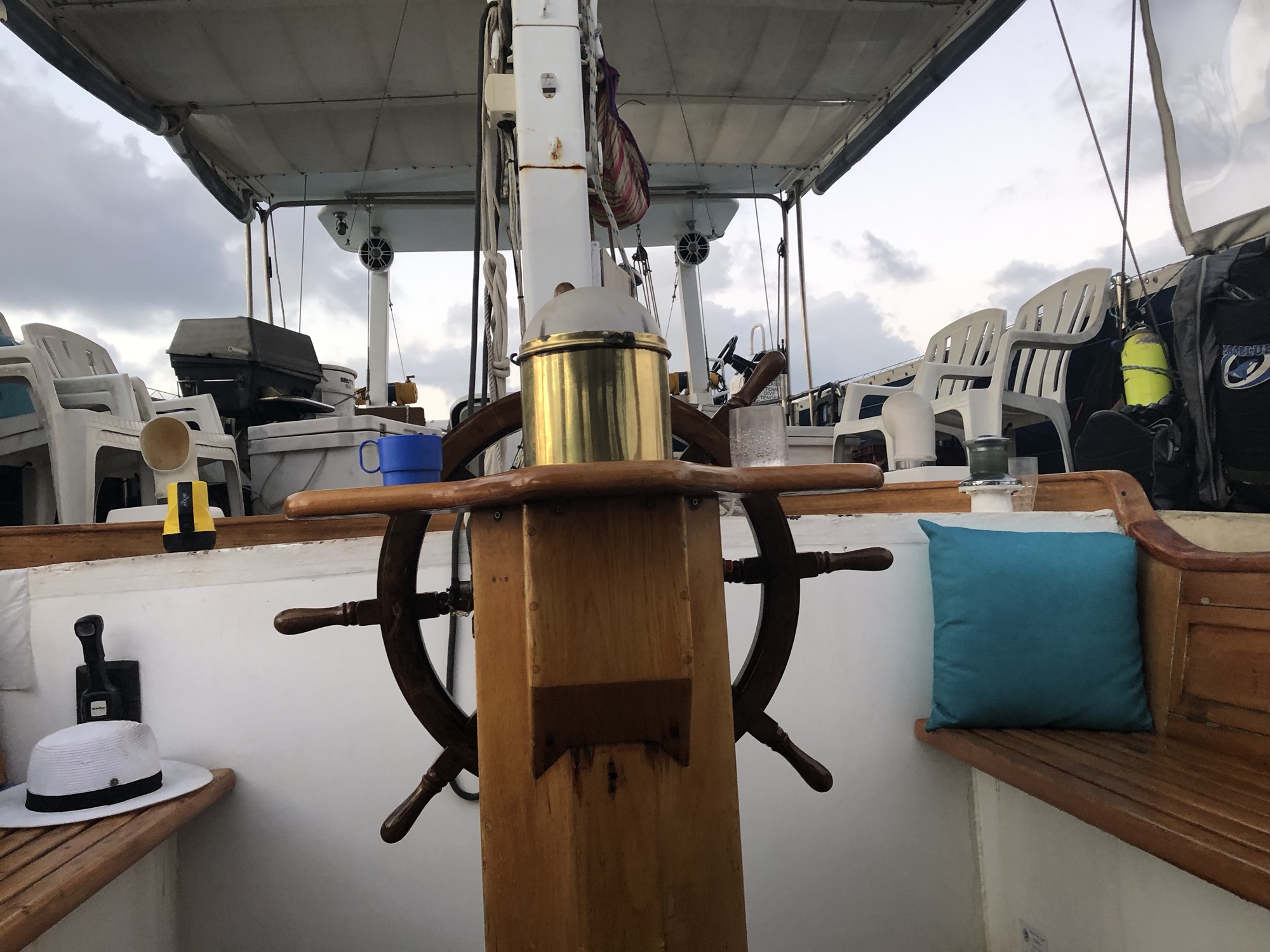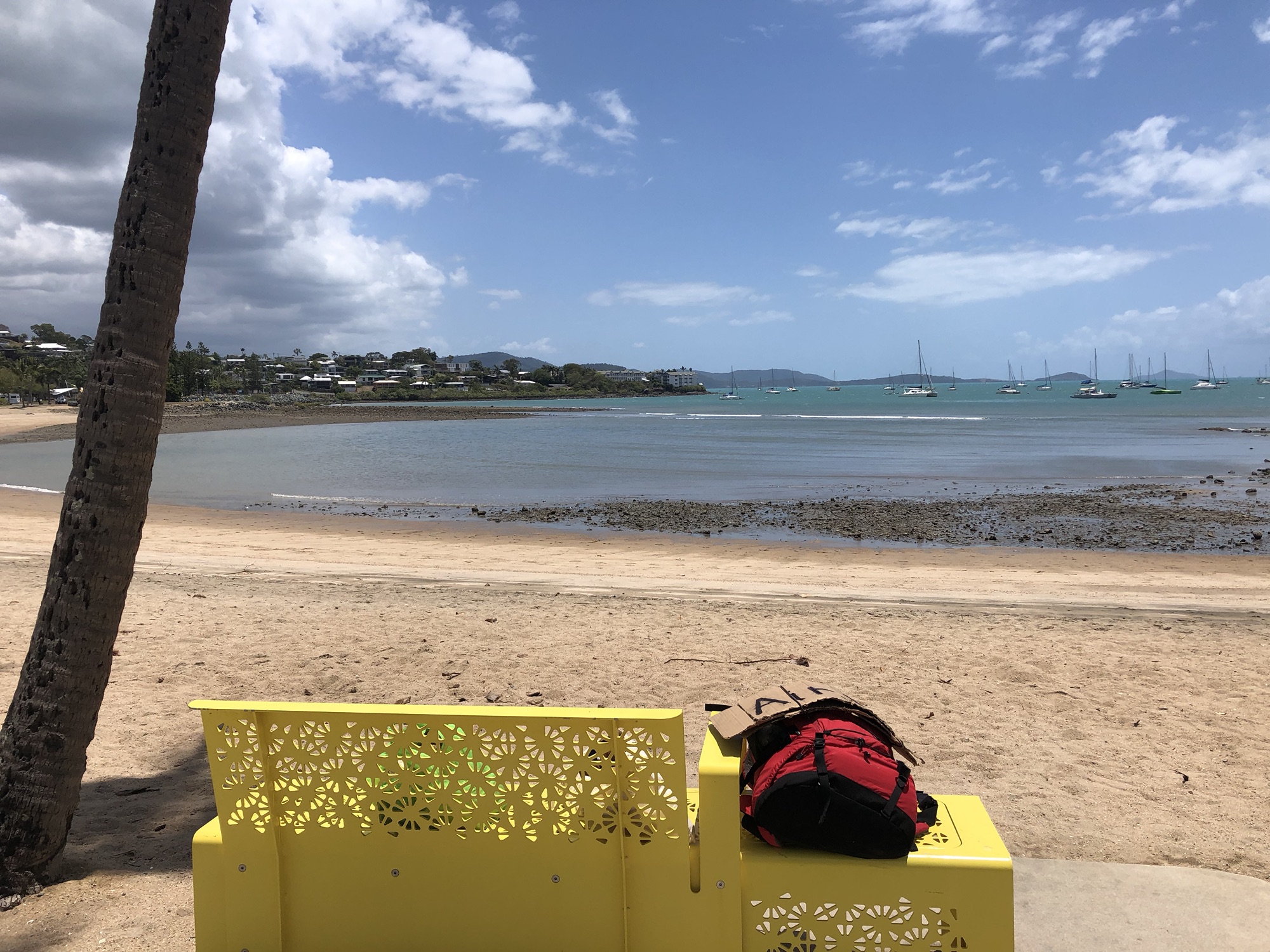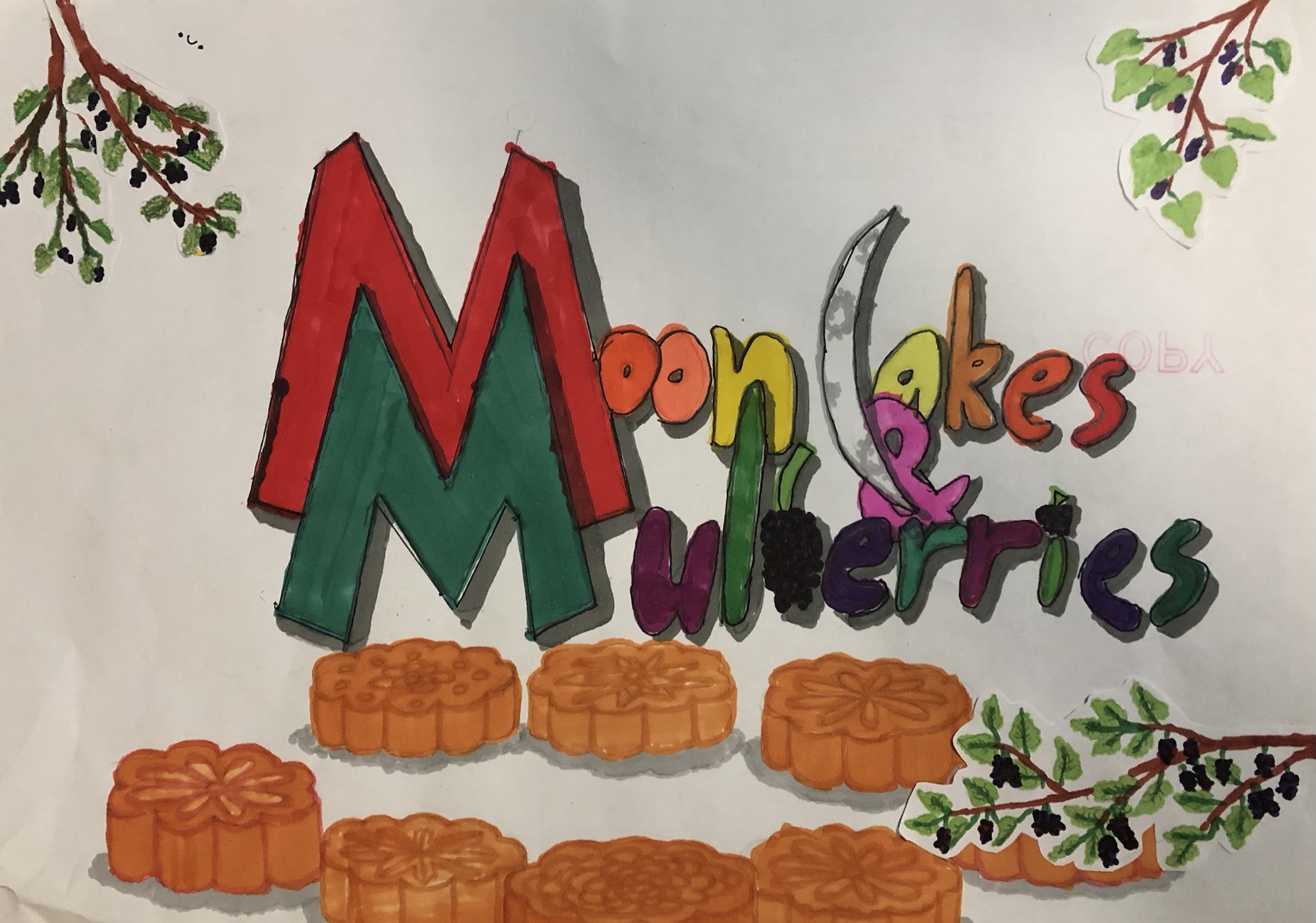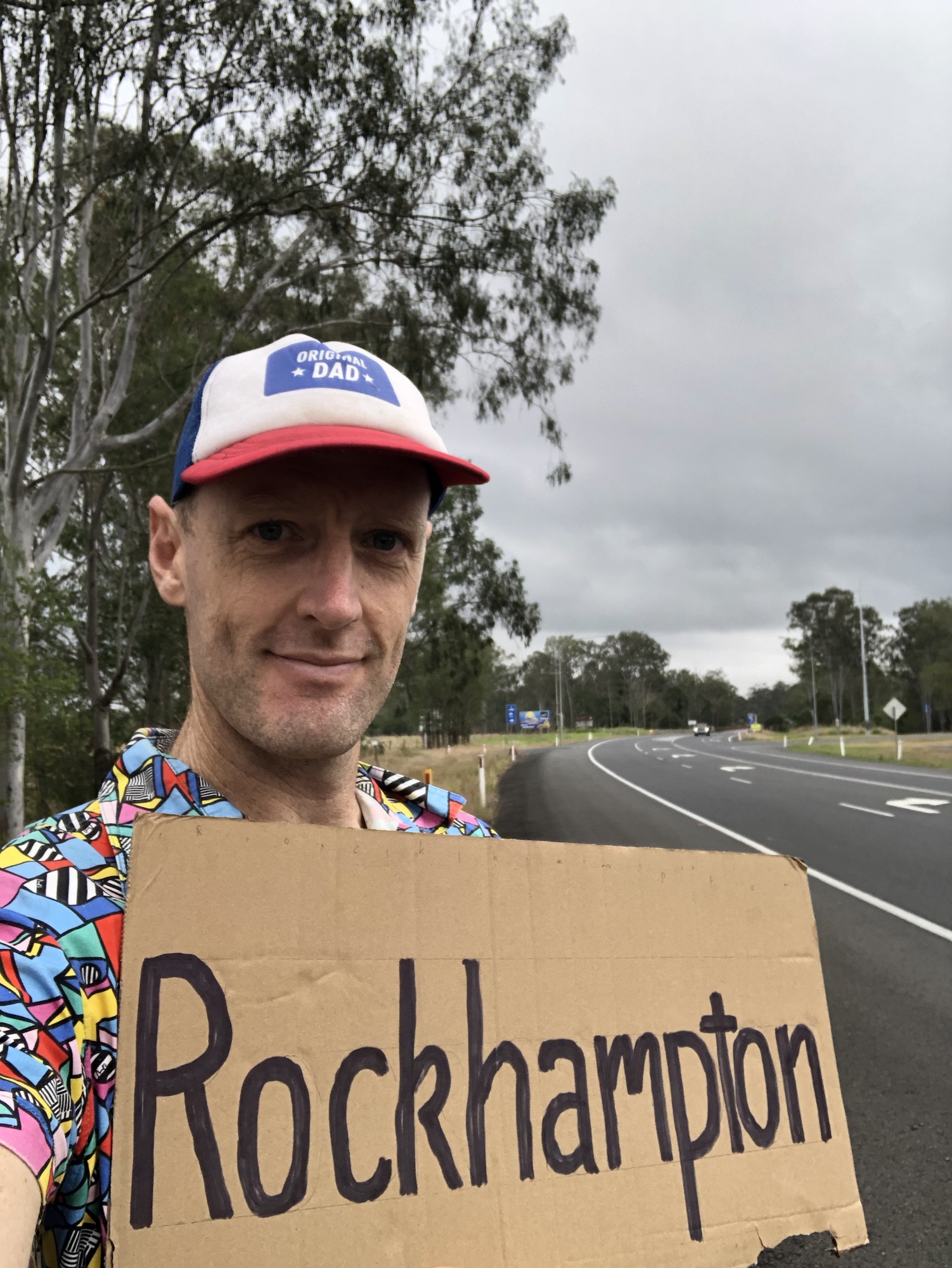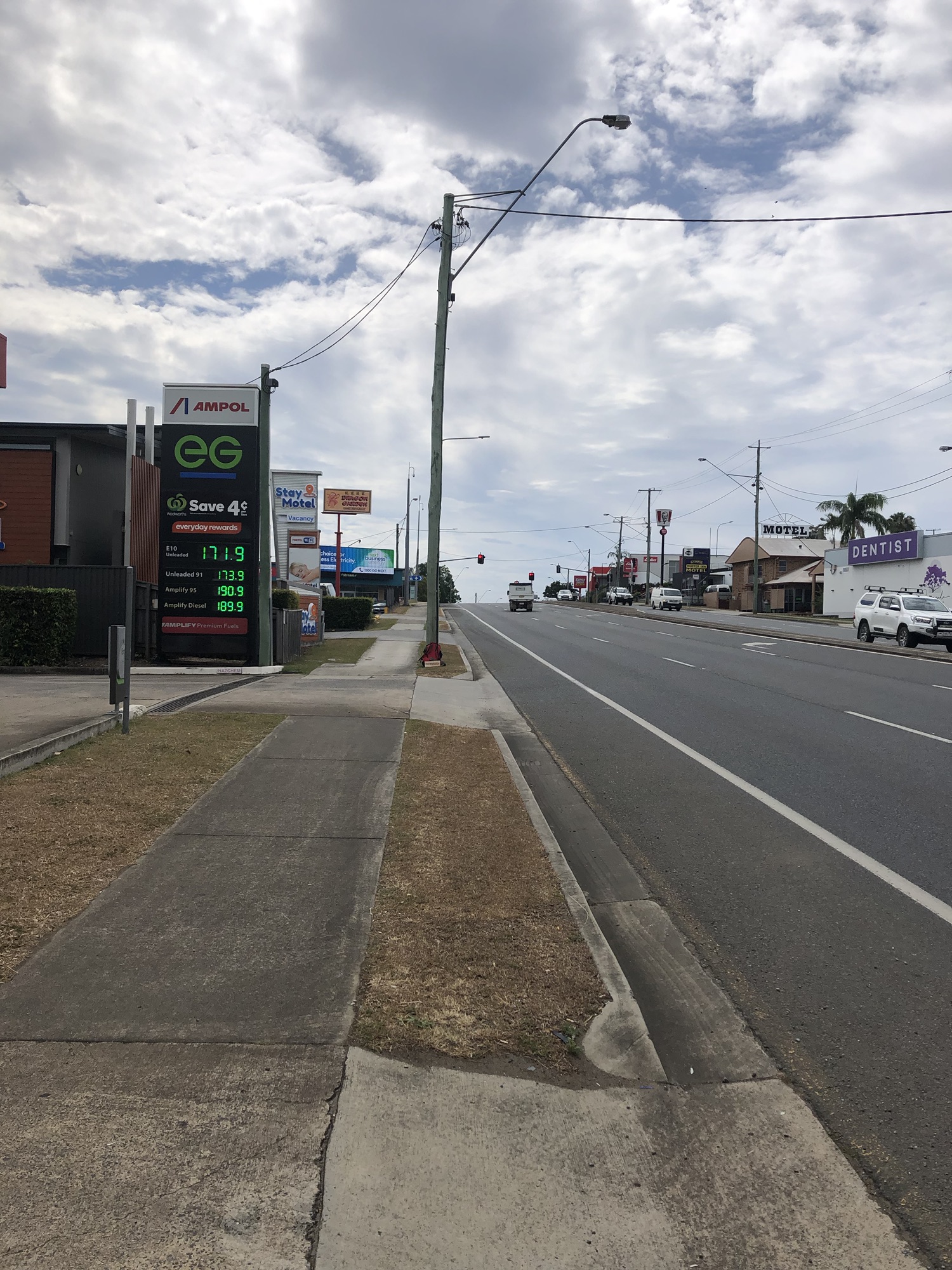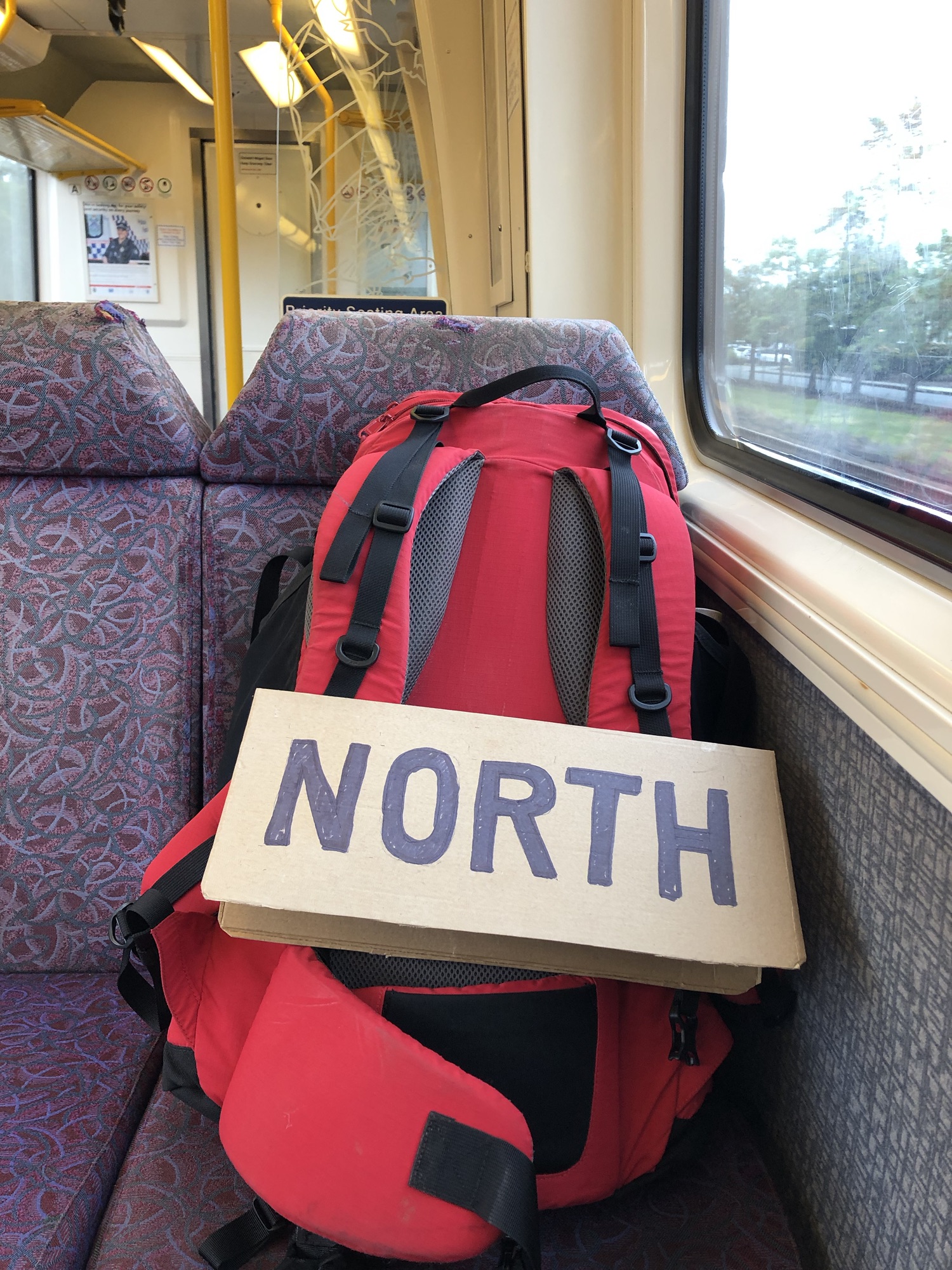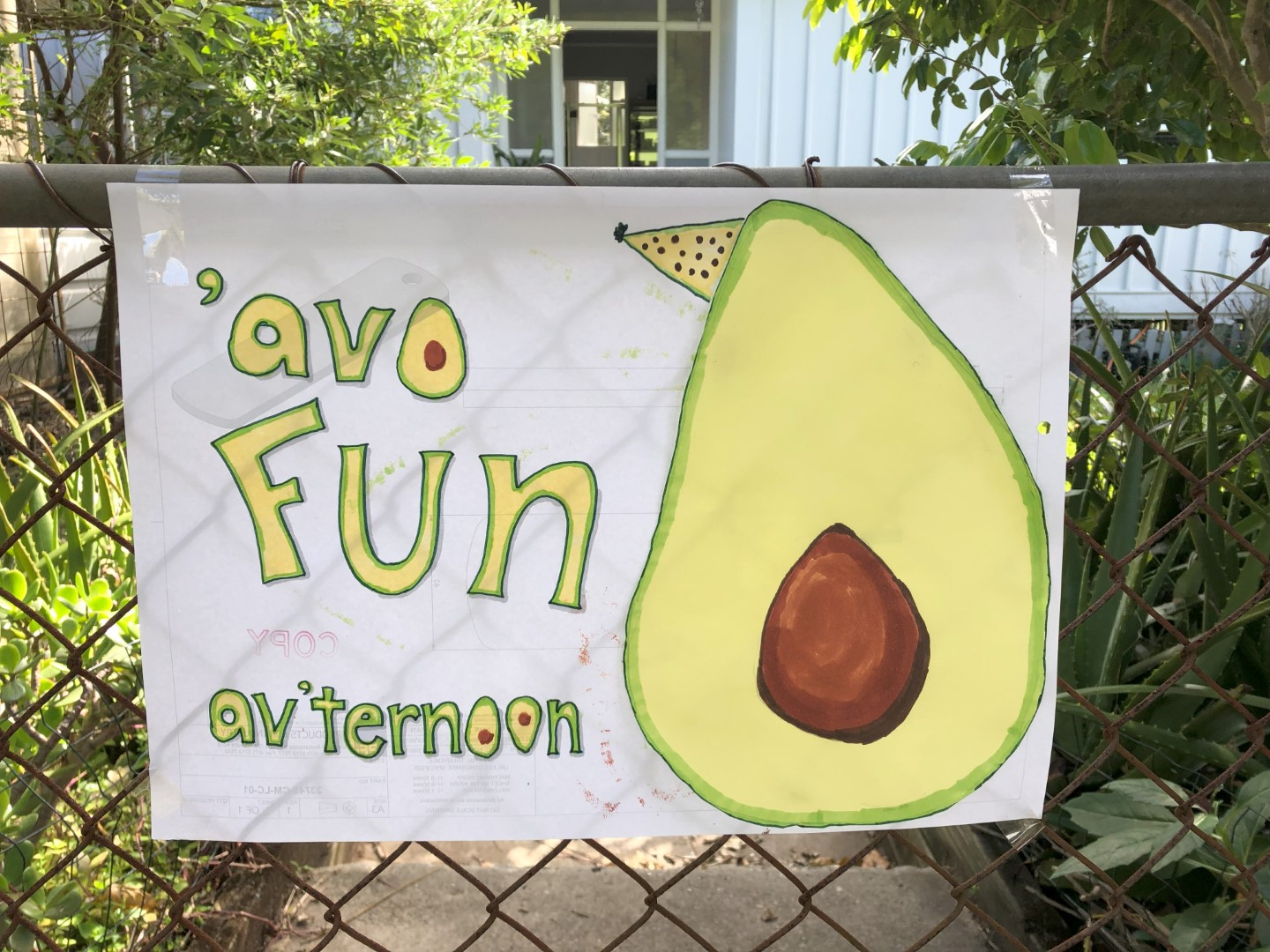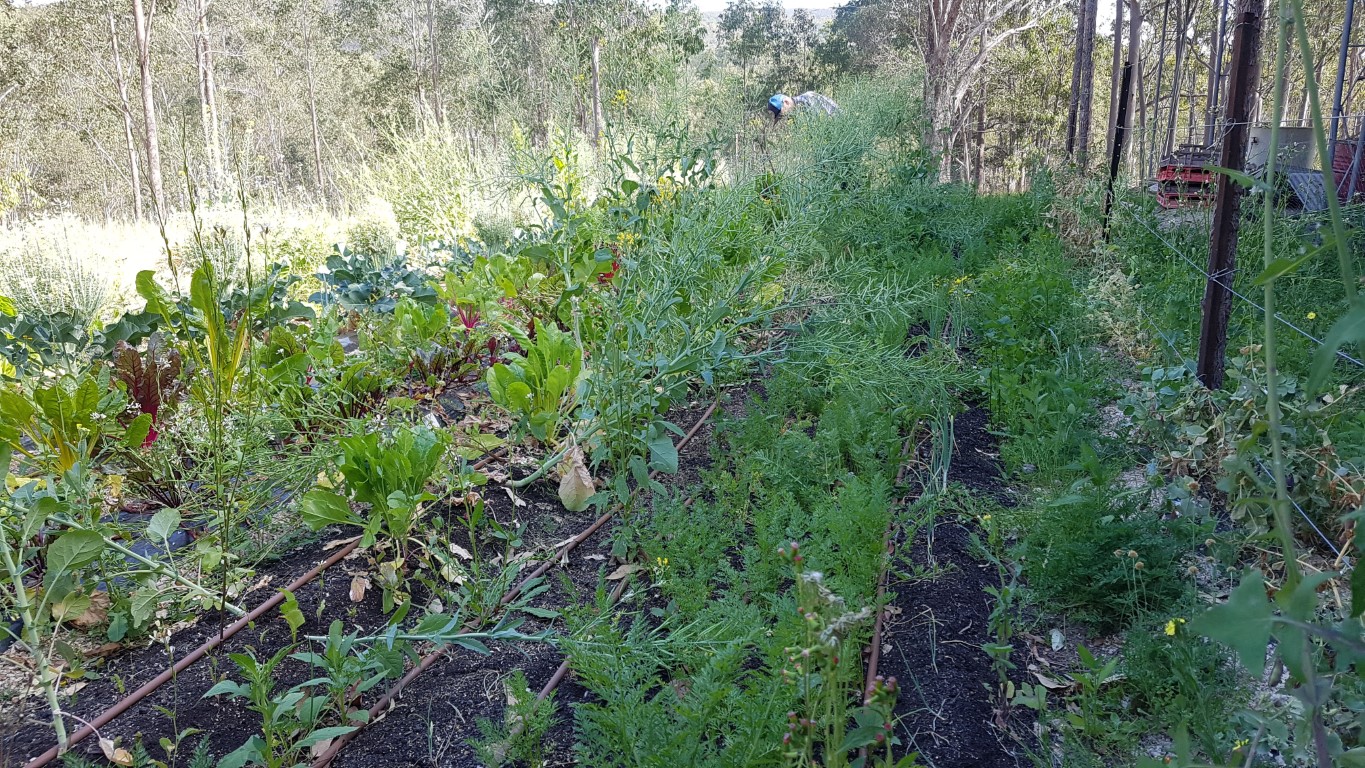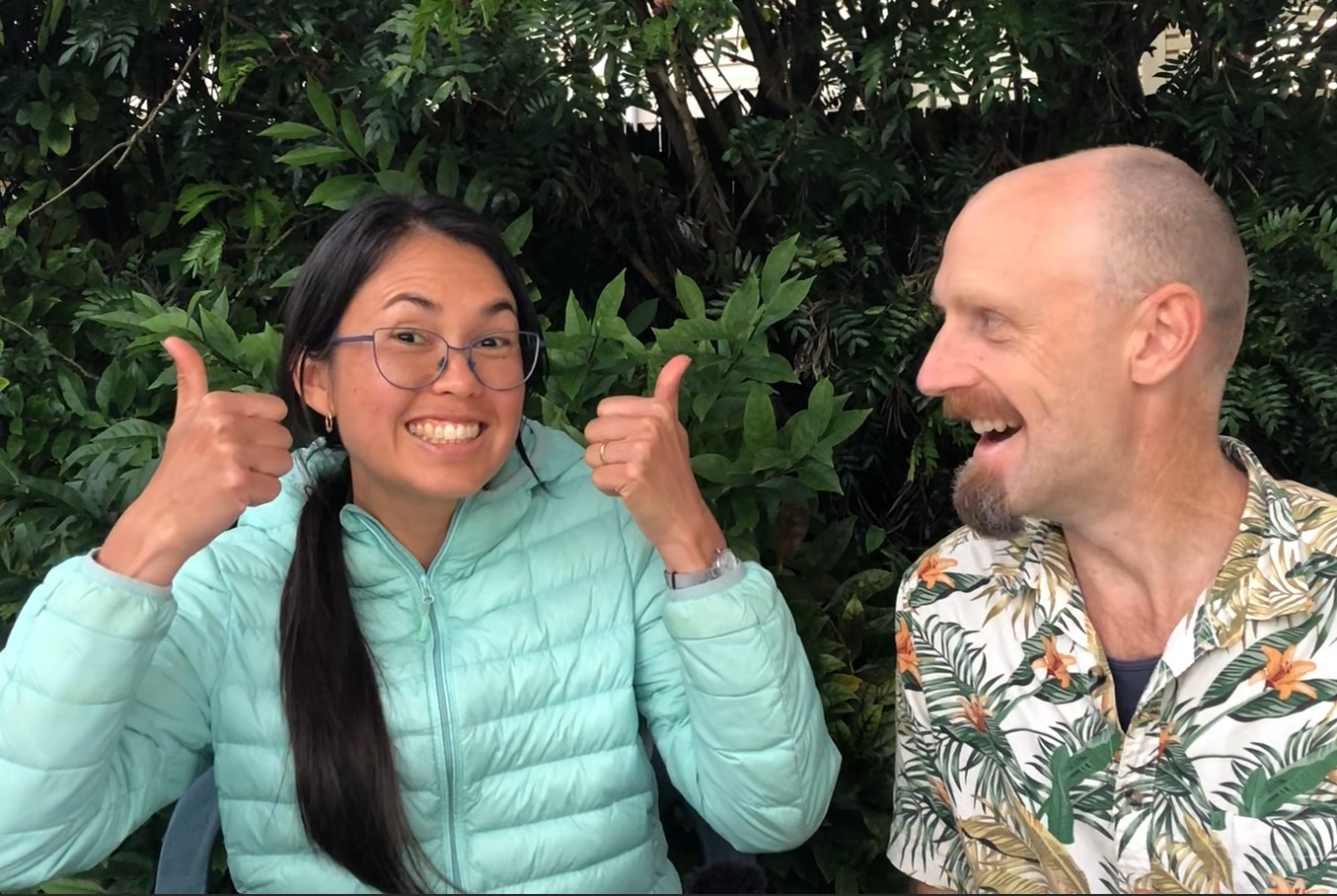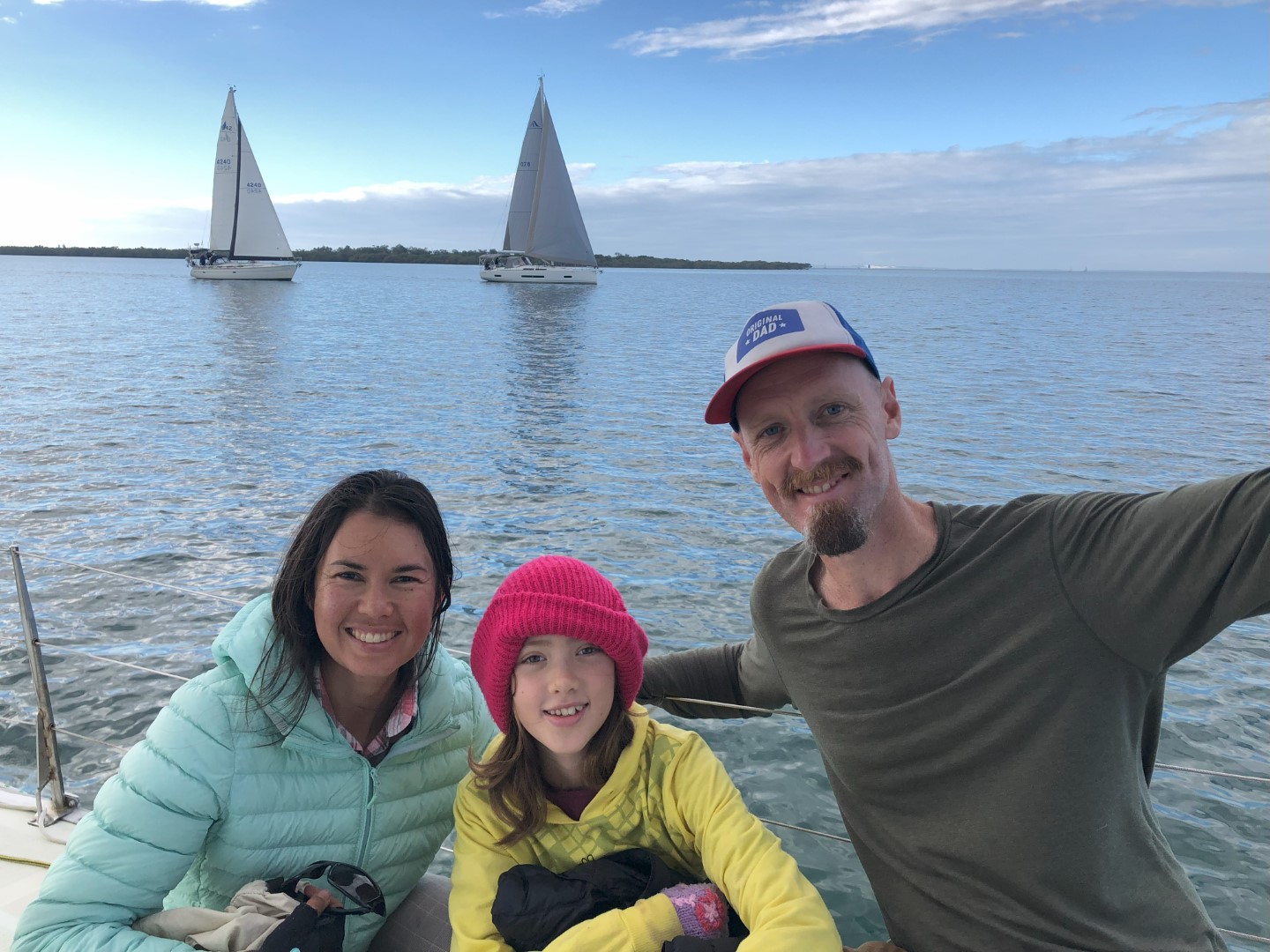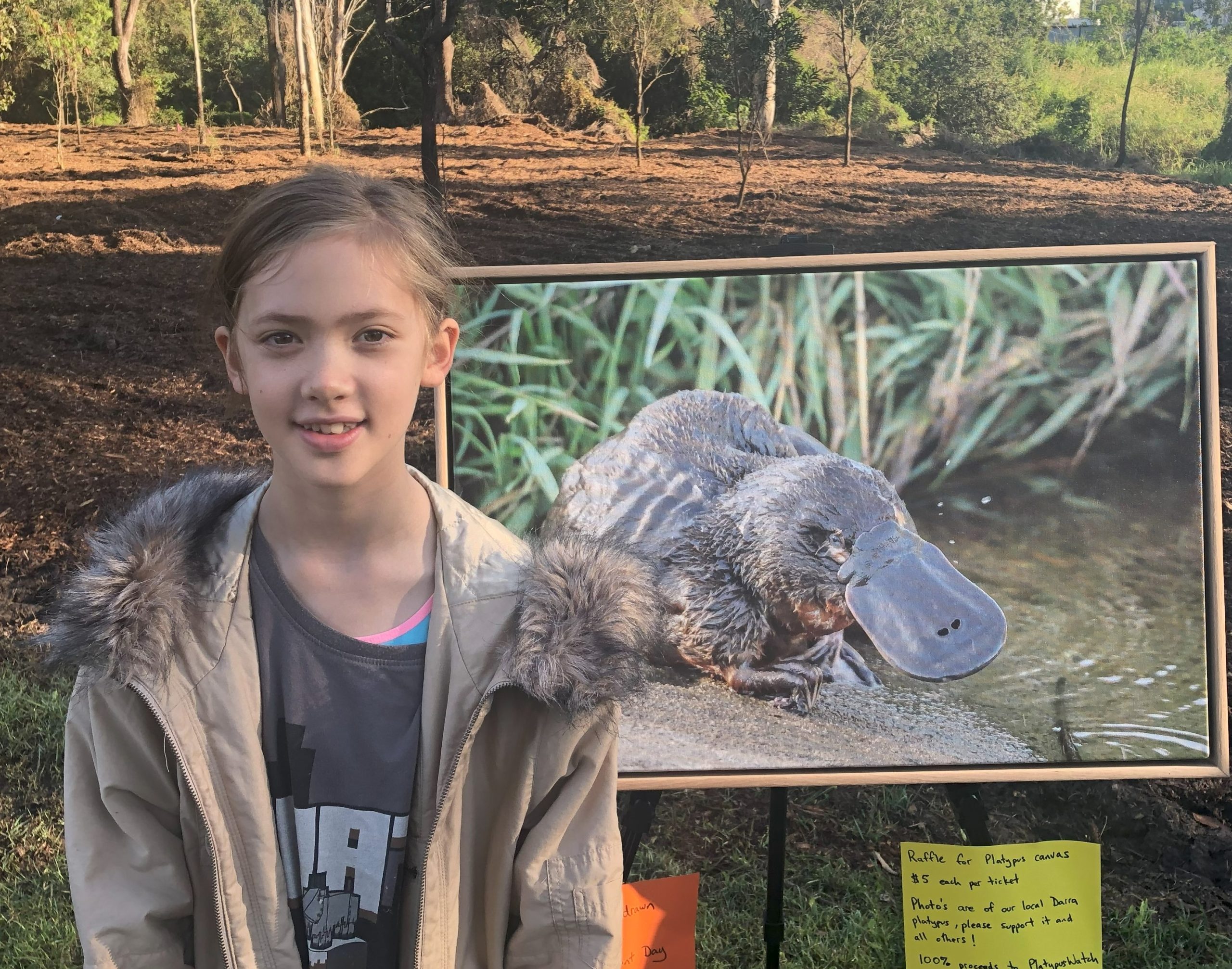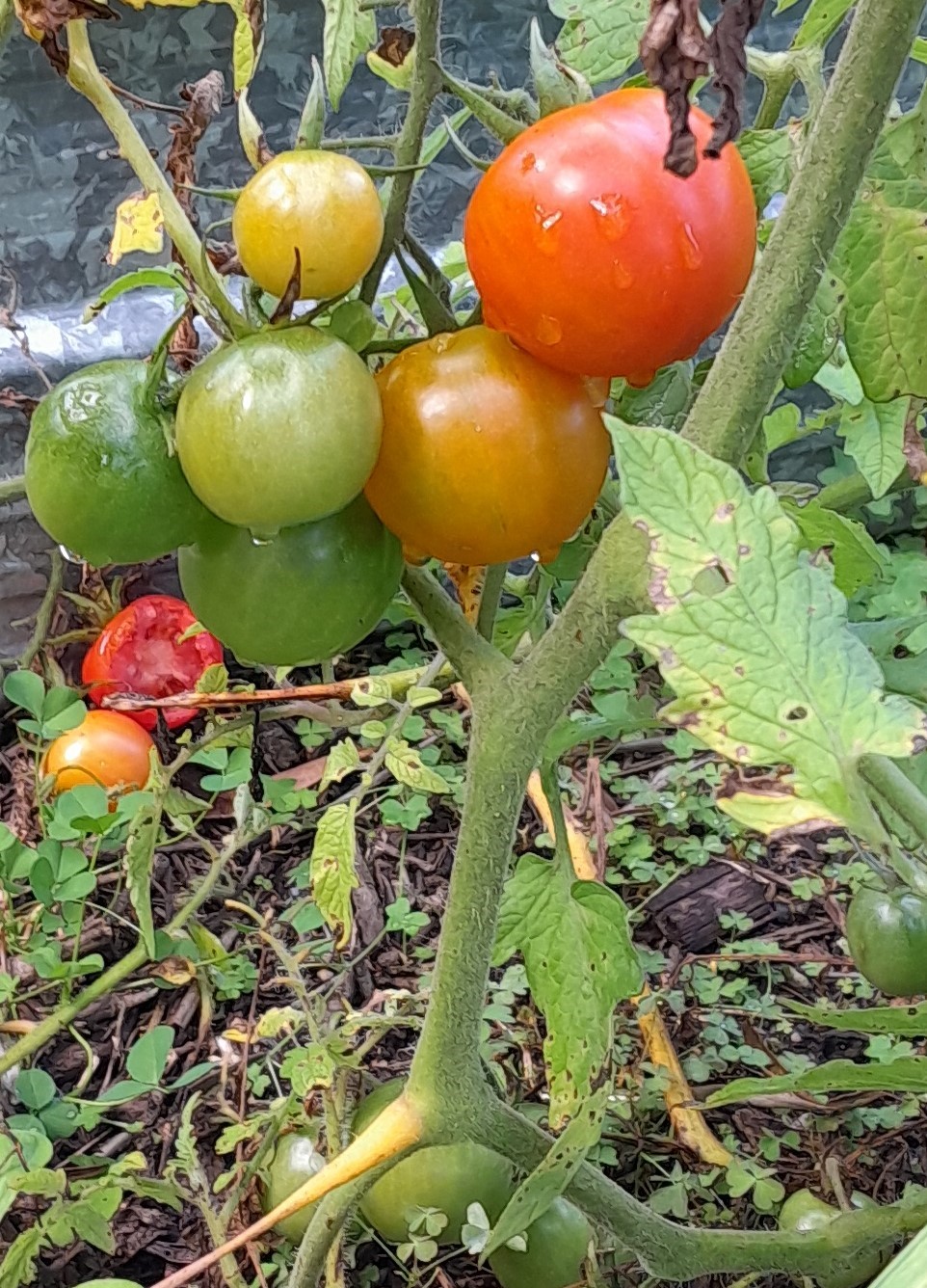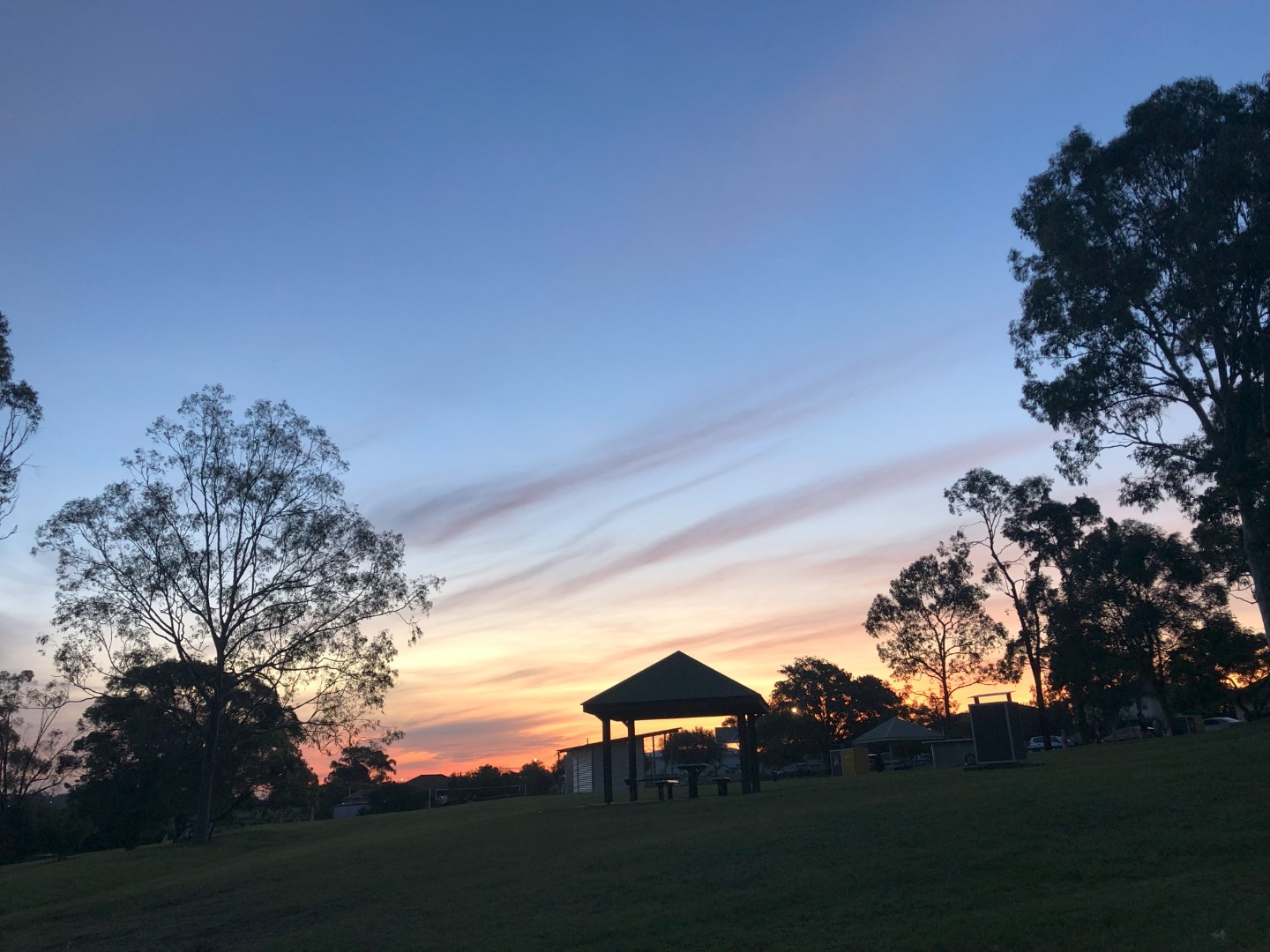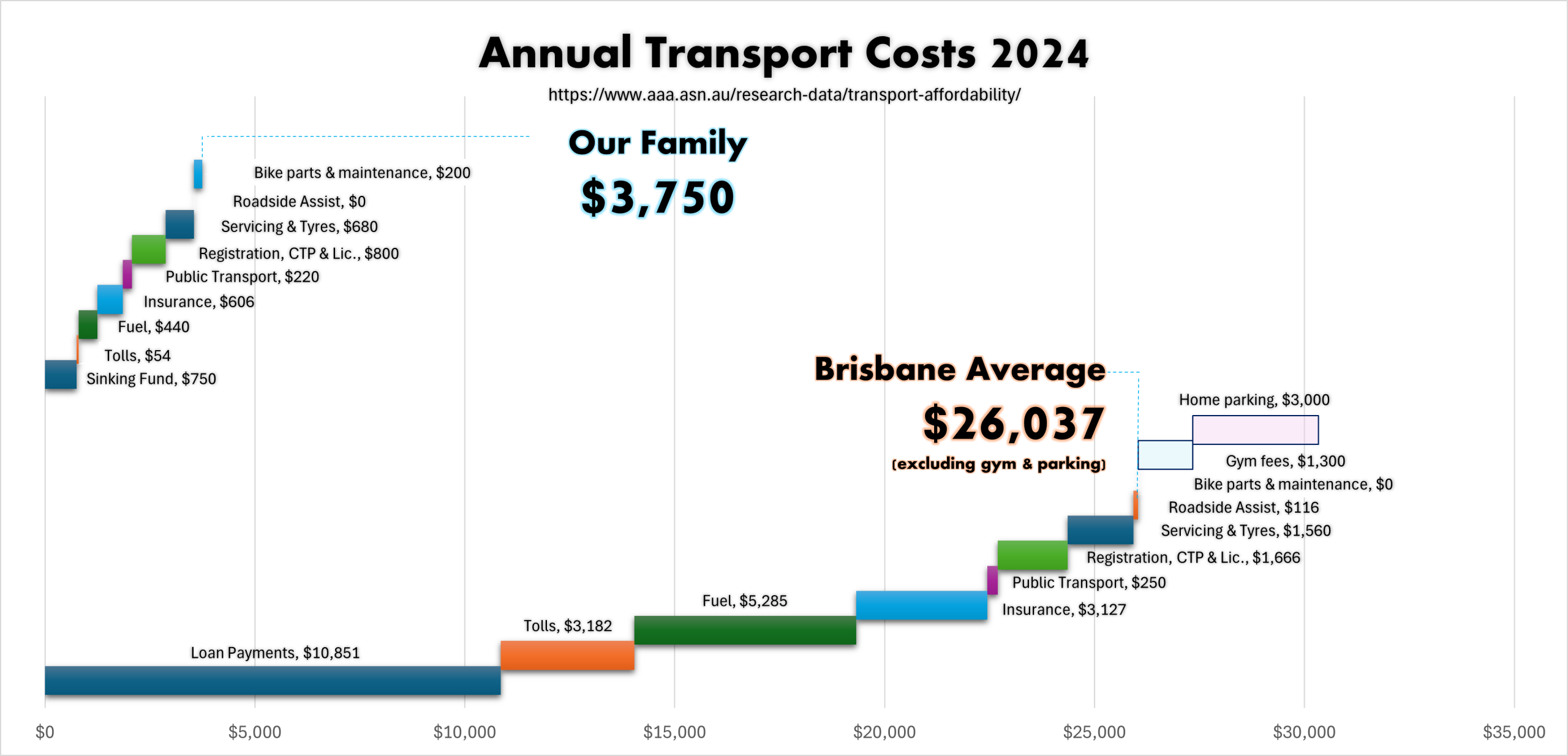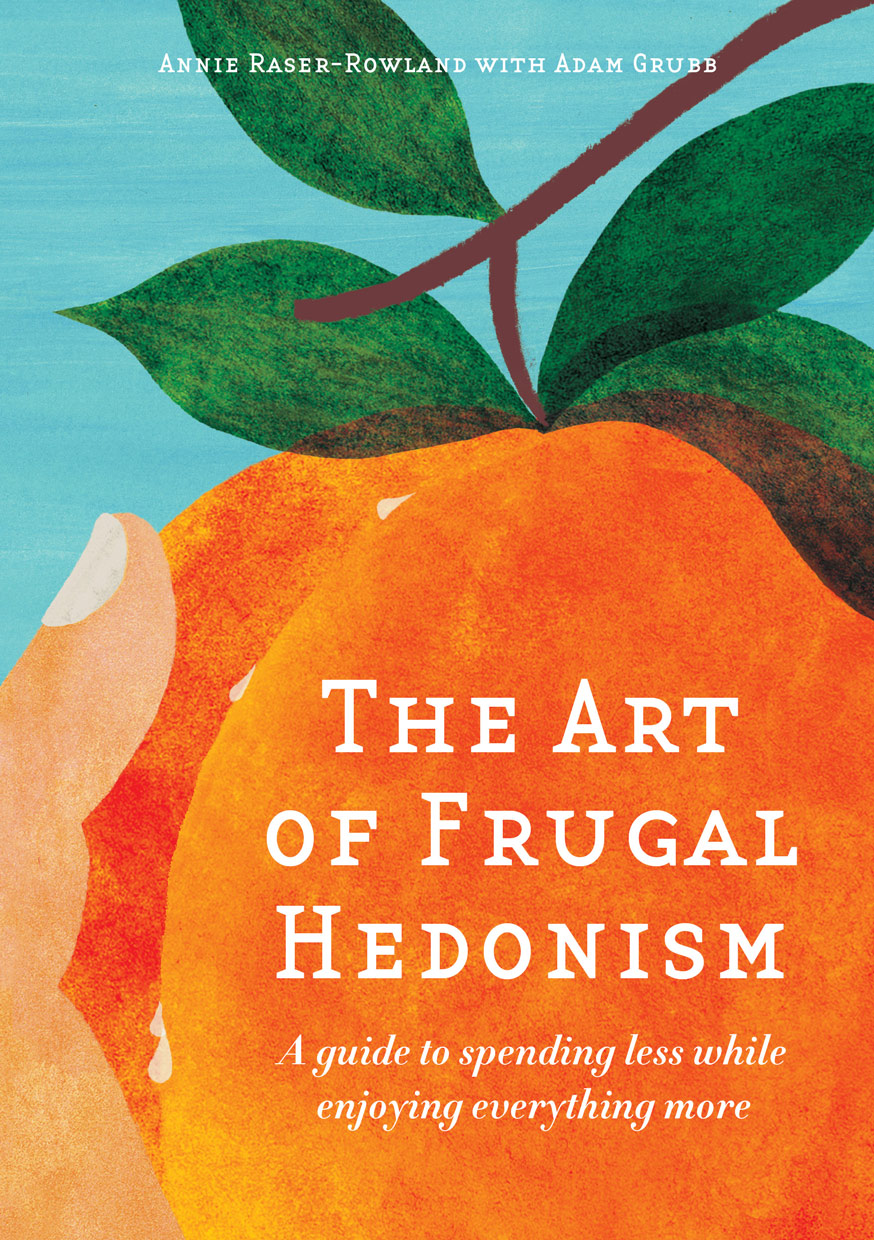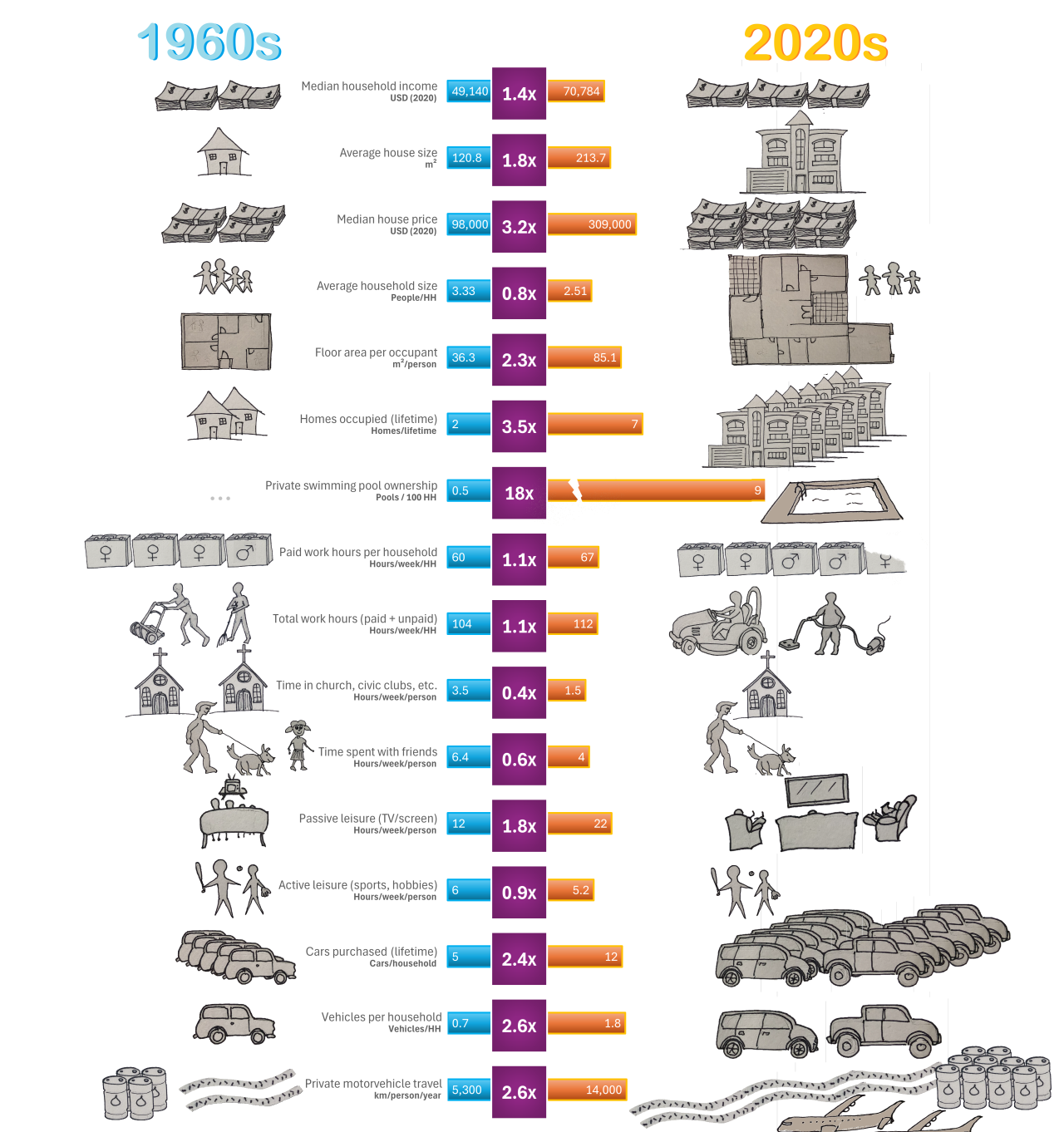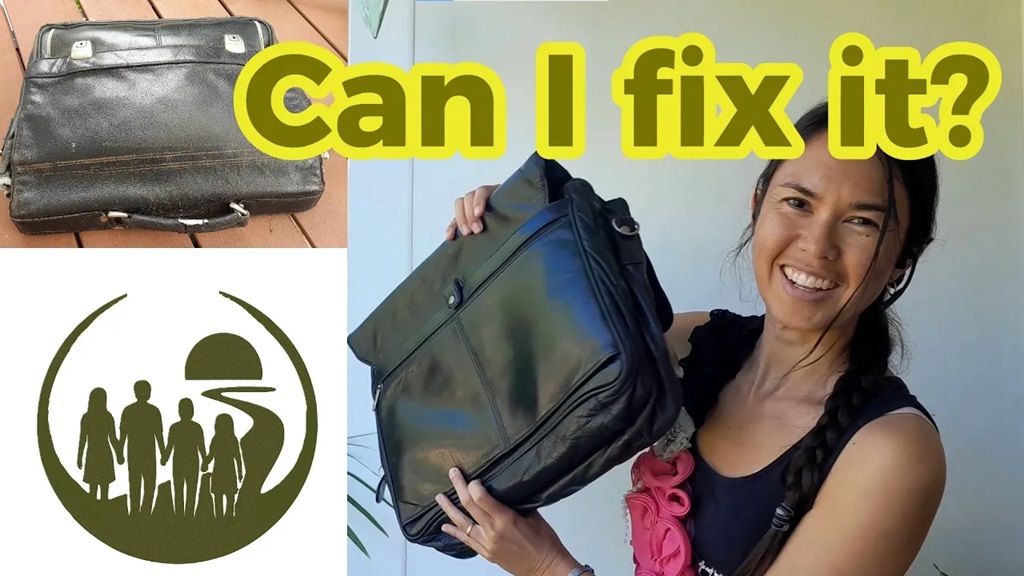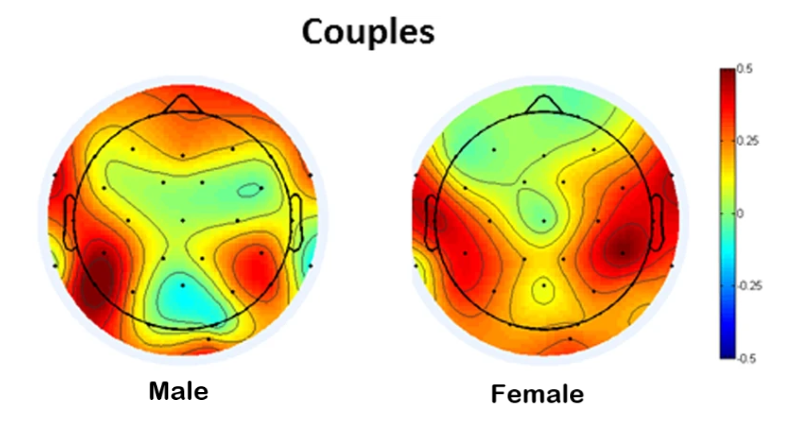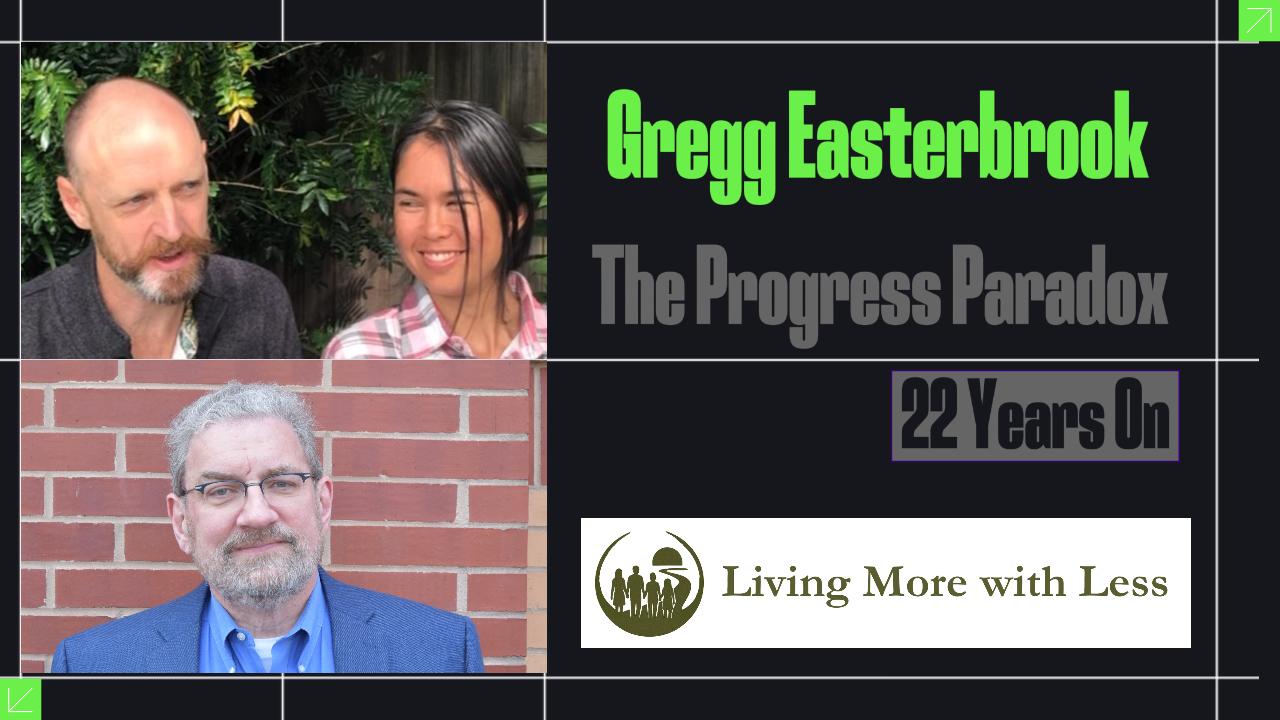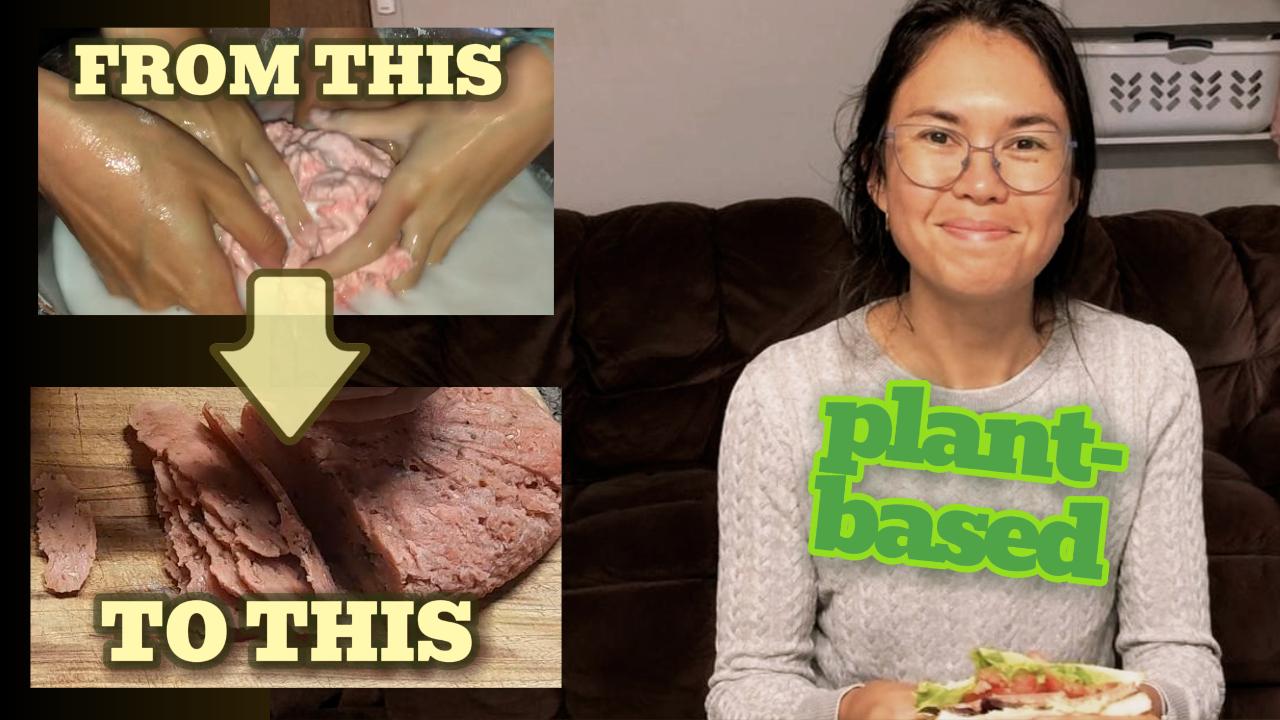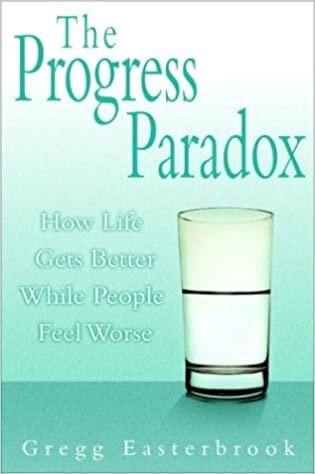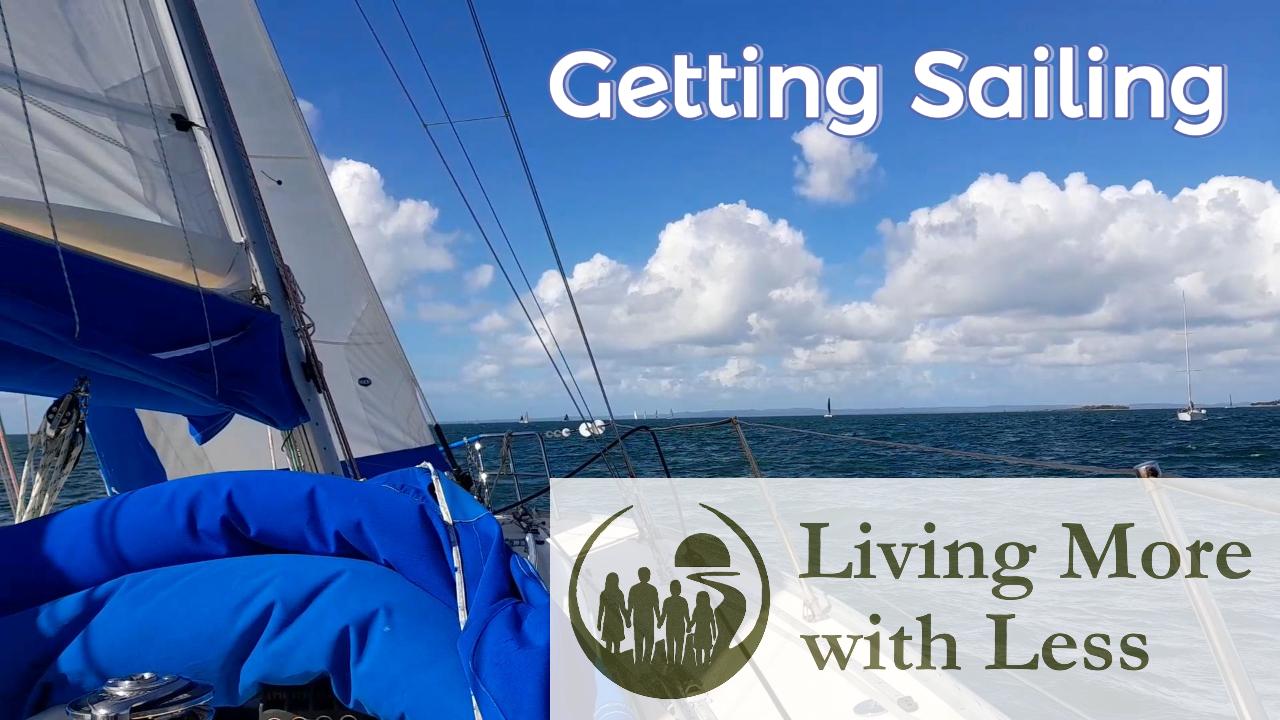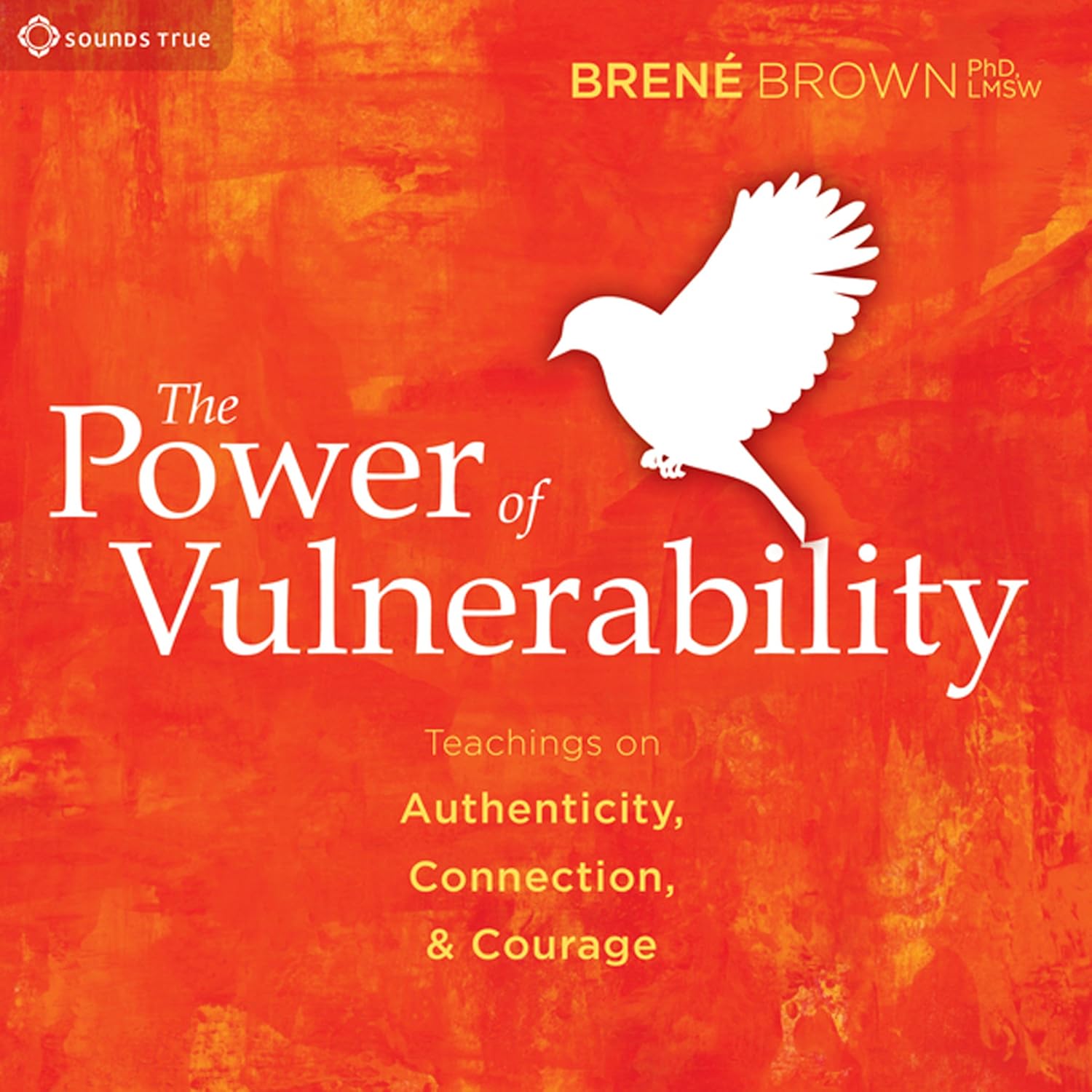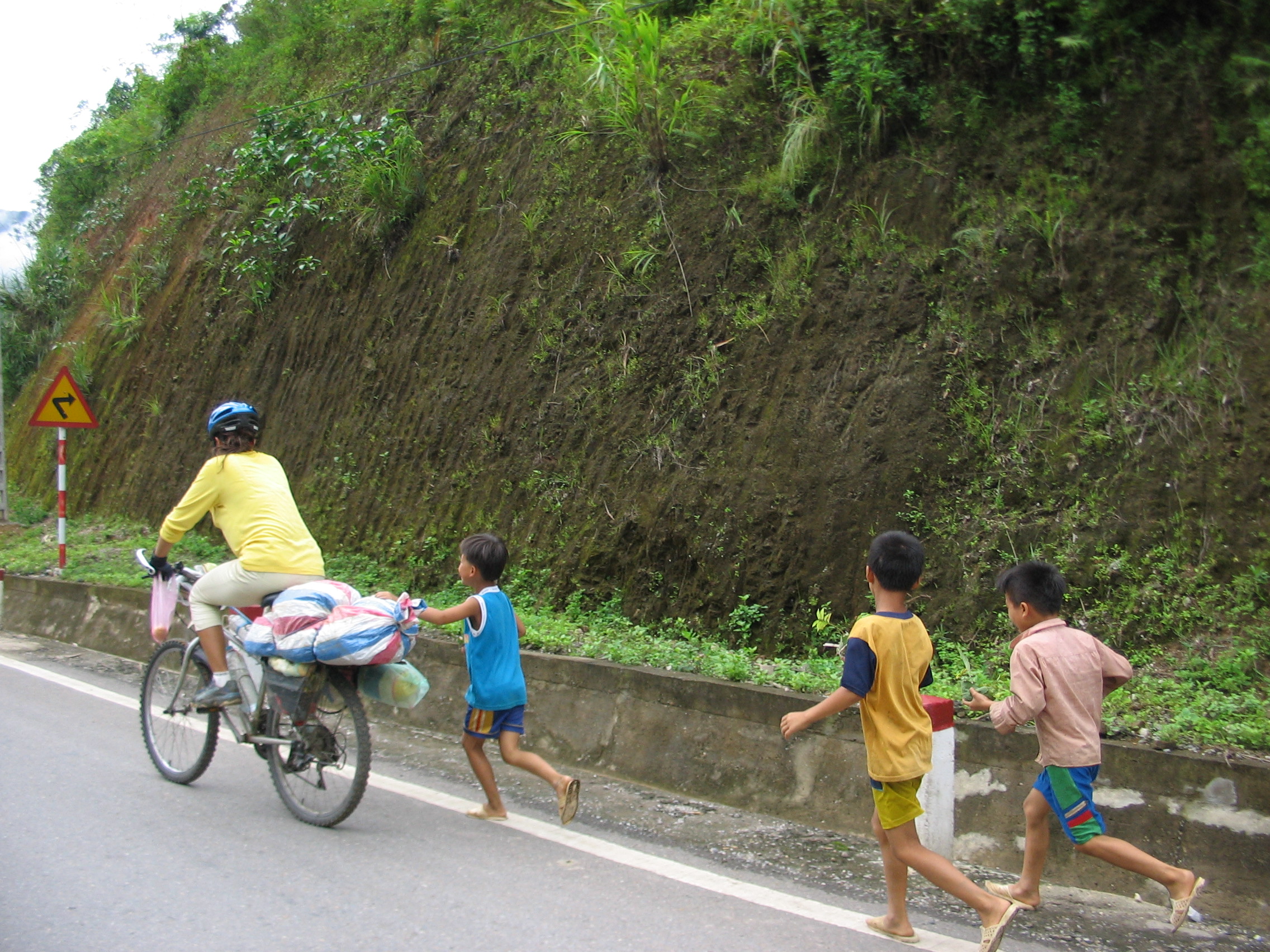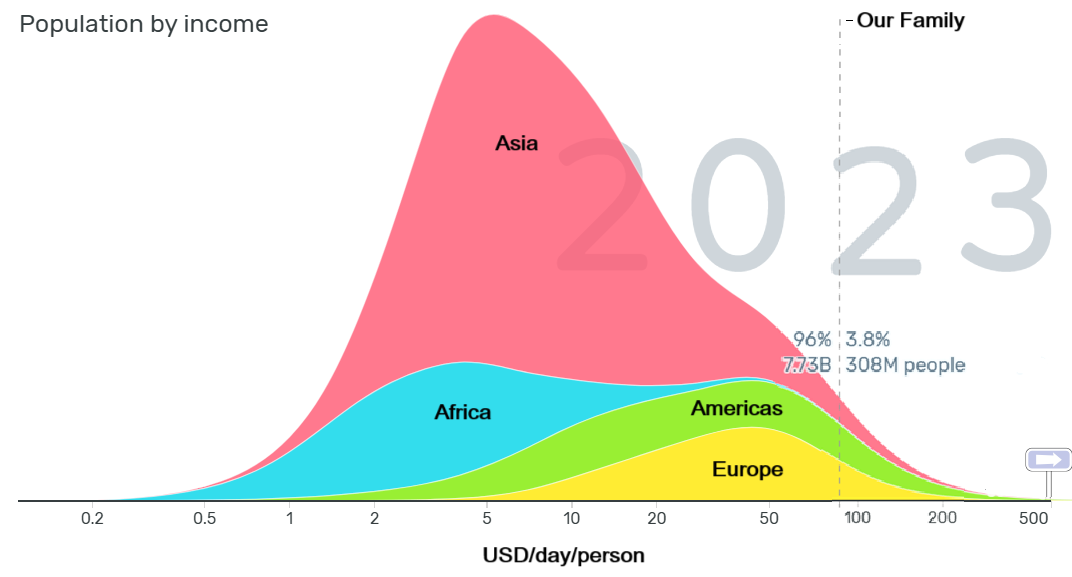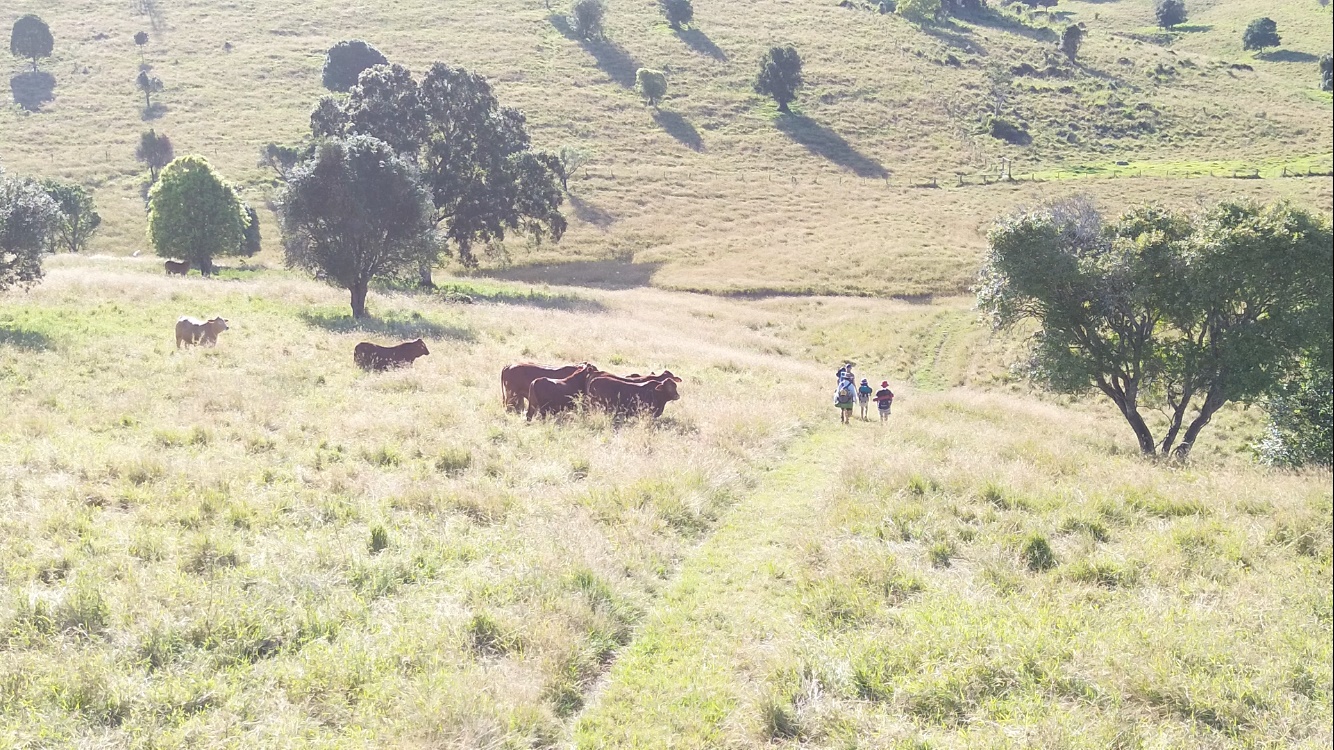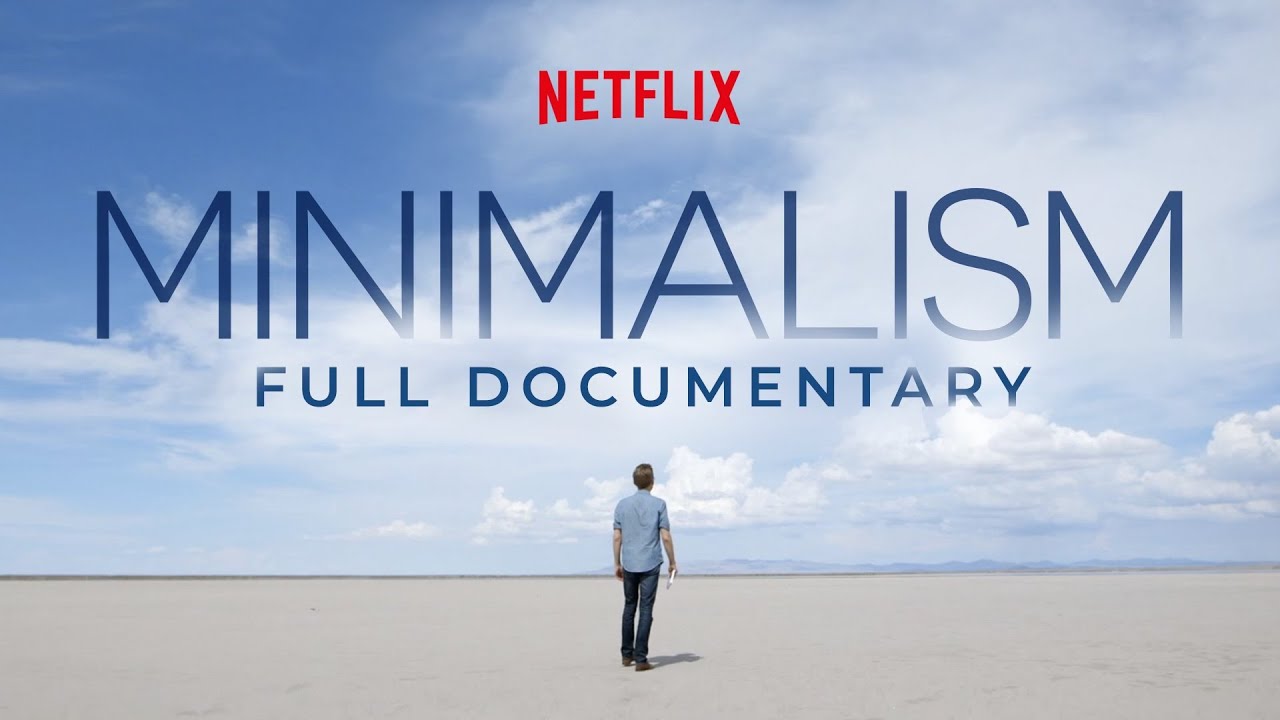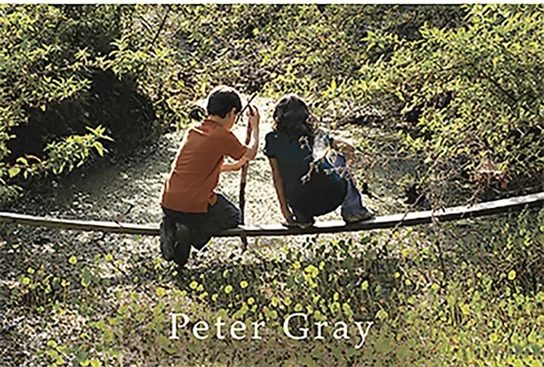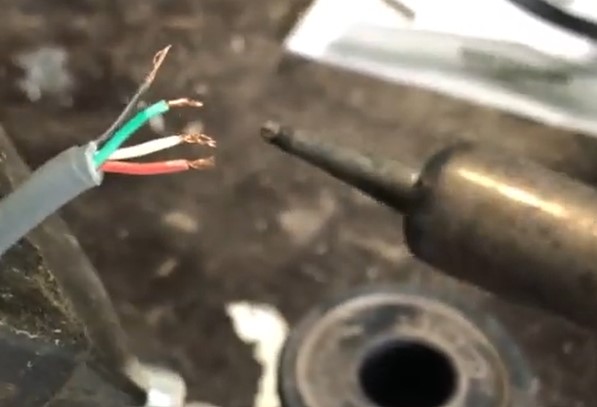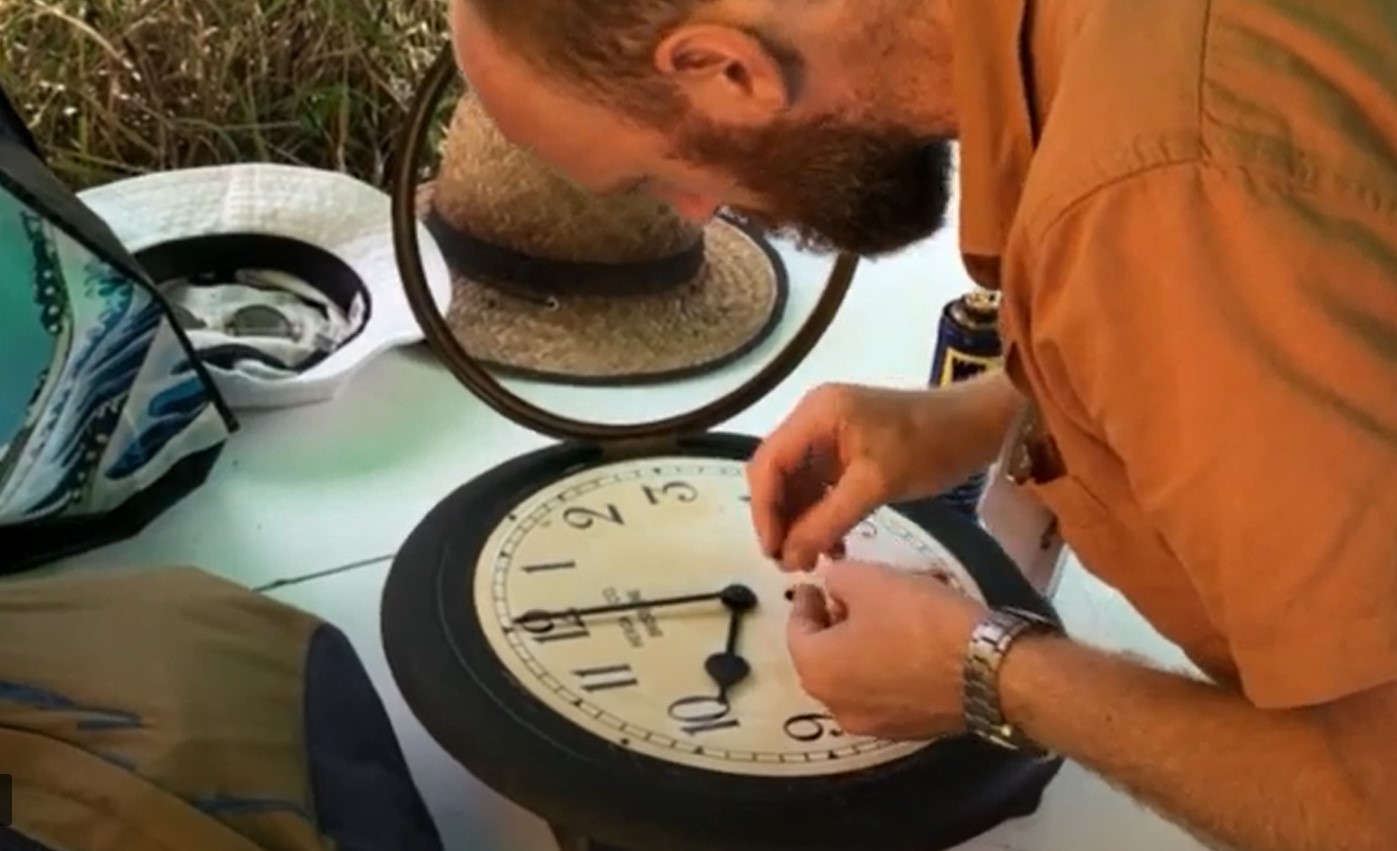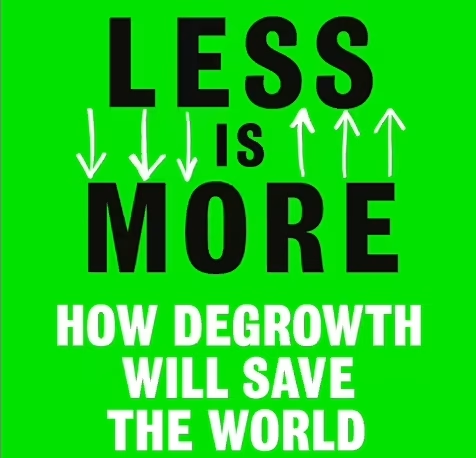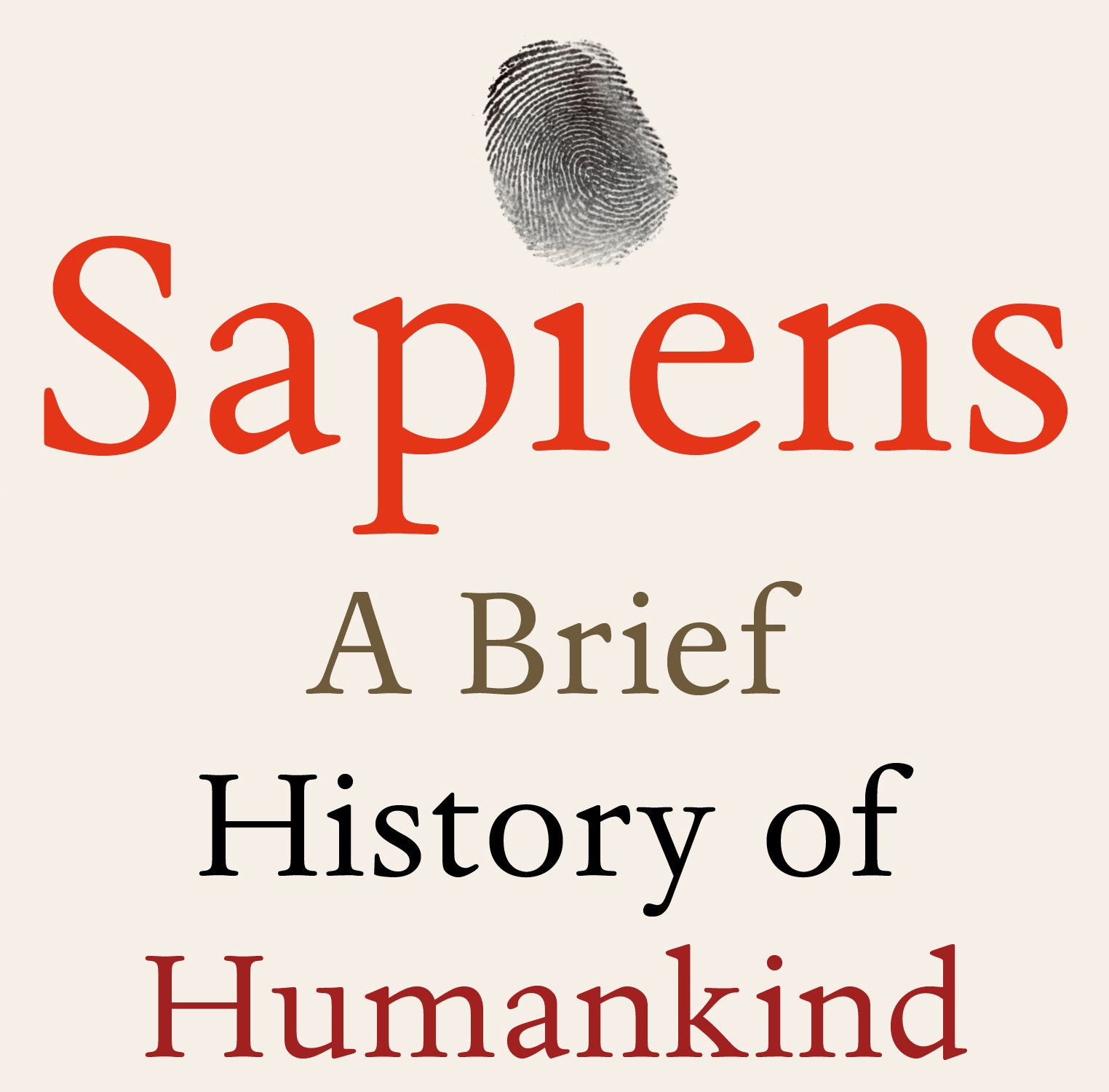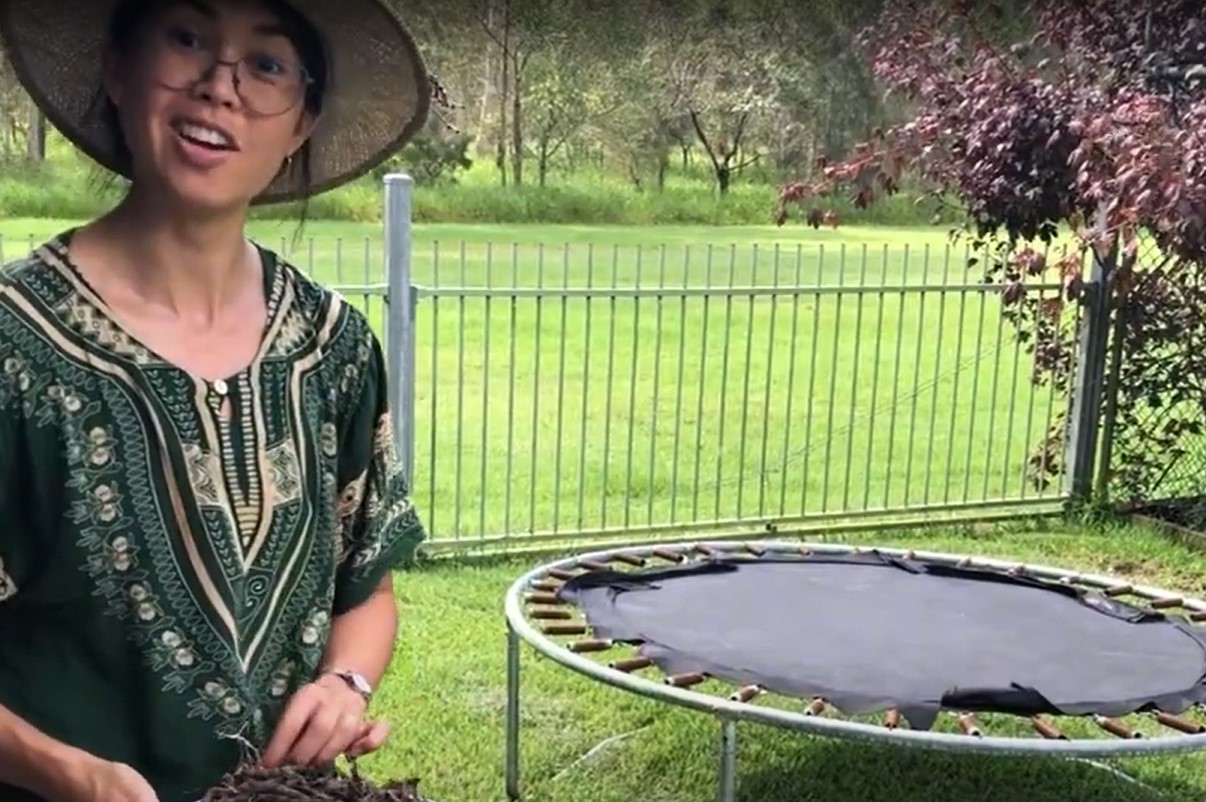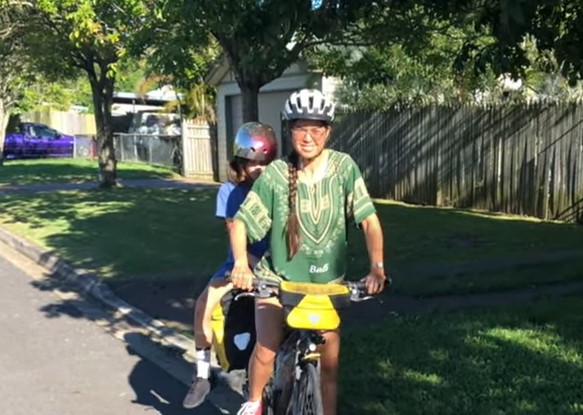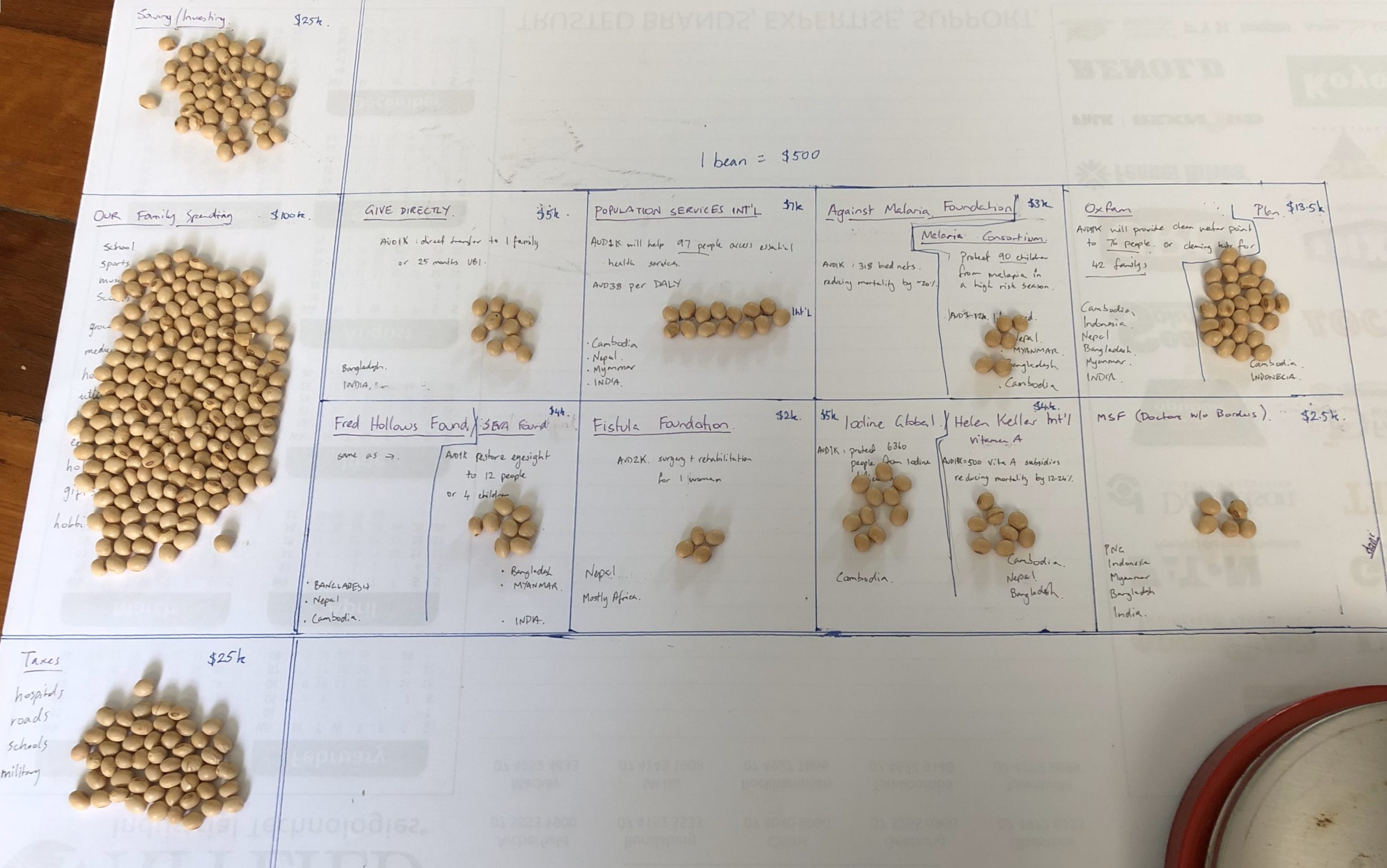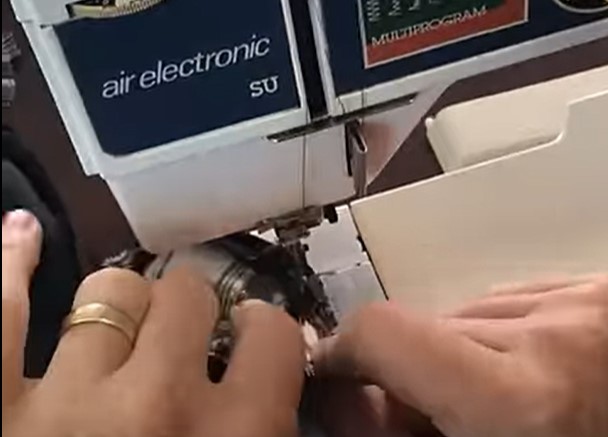About
A family experiment addressing global challenges and personal wellbeing with robust research, real people and practical solutions.
More to a Good Life Than Having it All
We’re exploring what it takes to live well, within planetary boundaries, while remaining part of mainstream society. This means exploring how to live more fully, connect more deeply and realign with purpose while consuming far less. We’re learning from experts and others on a similar path, how to bring our dream future into the present. Check out our blog or FAQs for more info and subsribe to follow along.
We are Living More
- Positive Emotion: Practicing deep gratitude and finding awe in our daily lives and beyond
- Engagement: Immersion in the present and making deliberate, considered choices
- Relationships: Making time to care for each other, our friends, family and strangers
- Meaning: Living aligned with our values and giving generously to greater causes
- Accomplishment: Learning and practising skills to build resilience and reduce our impact
- Health: Good food, ample movement, sleep, and time in nature
…With Less
- Stress, speed and screens
- Constant busyness and productivity pressure
- Debt and financial pressure
- Consumption and waste
- Isolation and loneliness
- Assumptions about how we measure success, progress, and happiness
Our Core Messages
Everyone can make a substantial positive difference in the world: Effective giving meaningfully improves the lives of both the giver and receiver. Our family has been giving generously for many years (25% of our income last year). We encourage others to also give what they can, not just as a one off, but as a way of life.
We need to scale back our lives to enable a fair and flourishing future. This looks like vastly reduced spending and deeper happiness, greater peace, enhanced resilience, more freedom, fun, connection, creativity and community.
Discovering a Different Way
Throughout the world, people are finding new rhythms and rediscovering old. They are growing food together, finding ways of living frugally, repairing and sharing, rethinking education, and building resilience through local knowledge and mutual aid.
We’re seeking out these stories to learn and to share. We’re documenting people and places that reflect the values of Living More With Less and share what we learn through our blog, videos, interviews, and real conversations – amplifying the good that’s already happening and building active hope.
If you are part of a family, a movement or a community focused on living more with less or you relate to the message, we’d love to hear from you. Please get in touch to share your story or collaborate.
